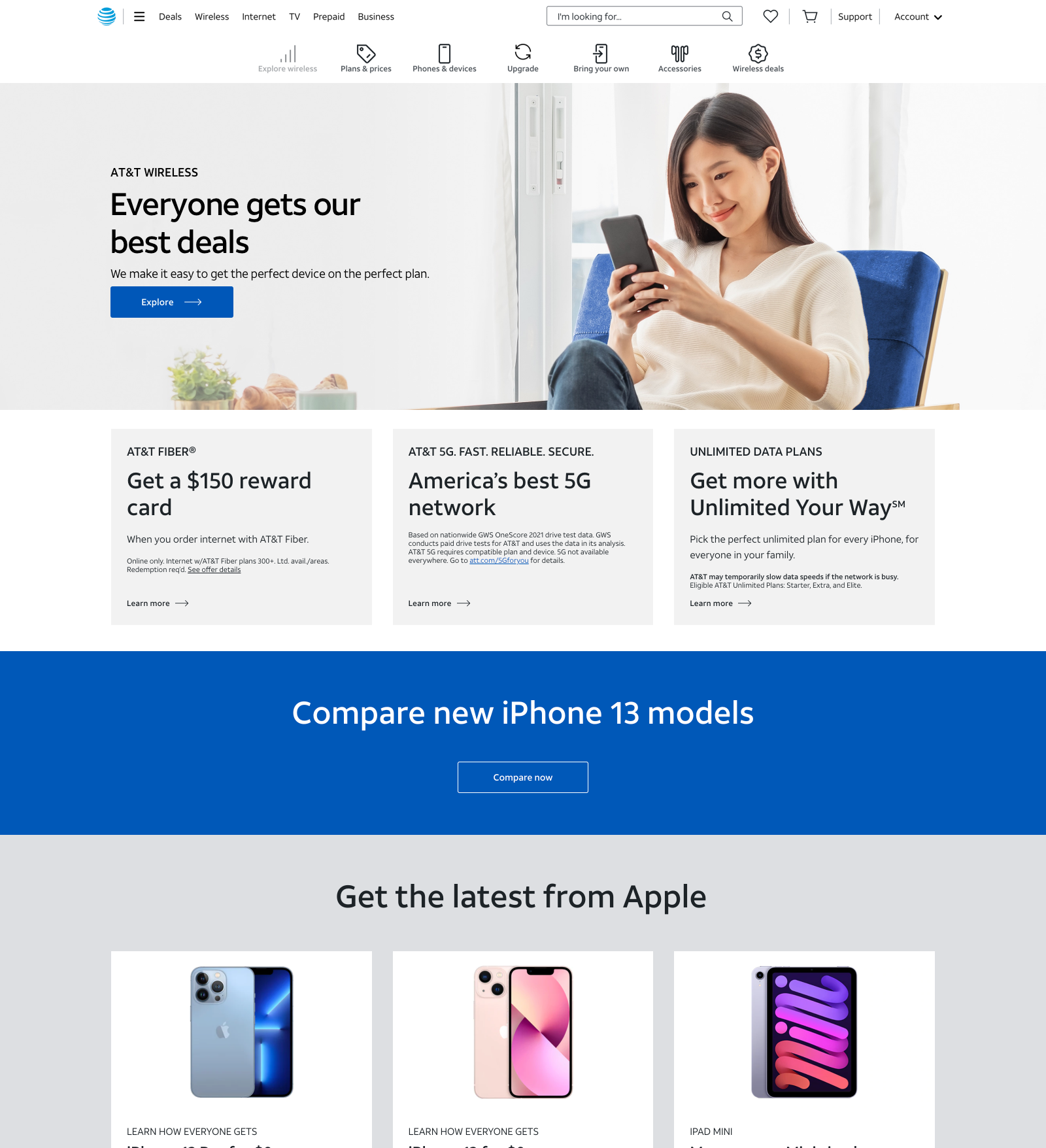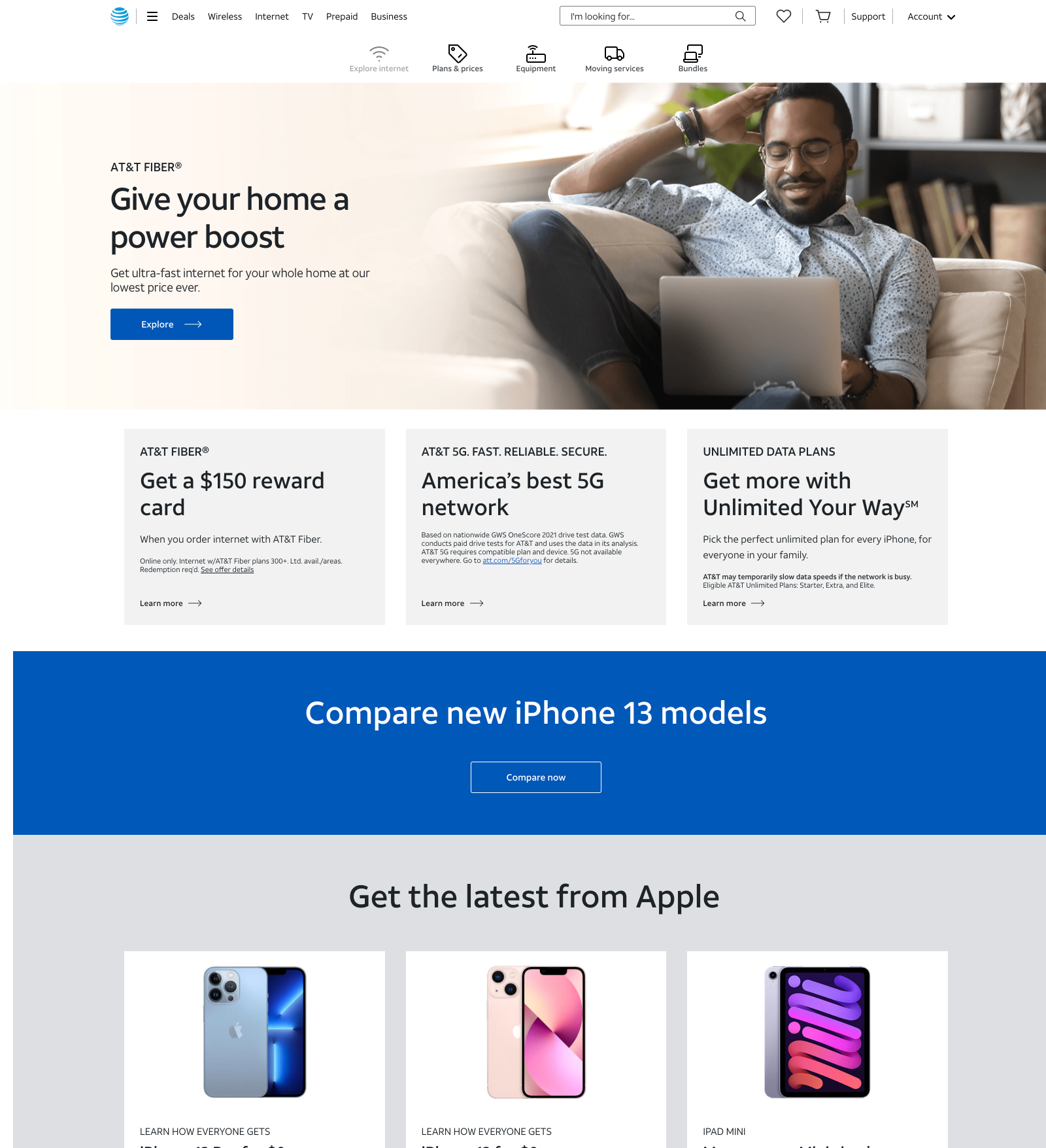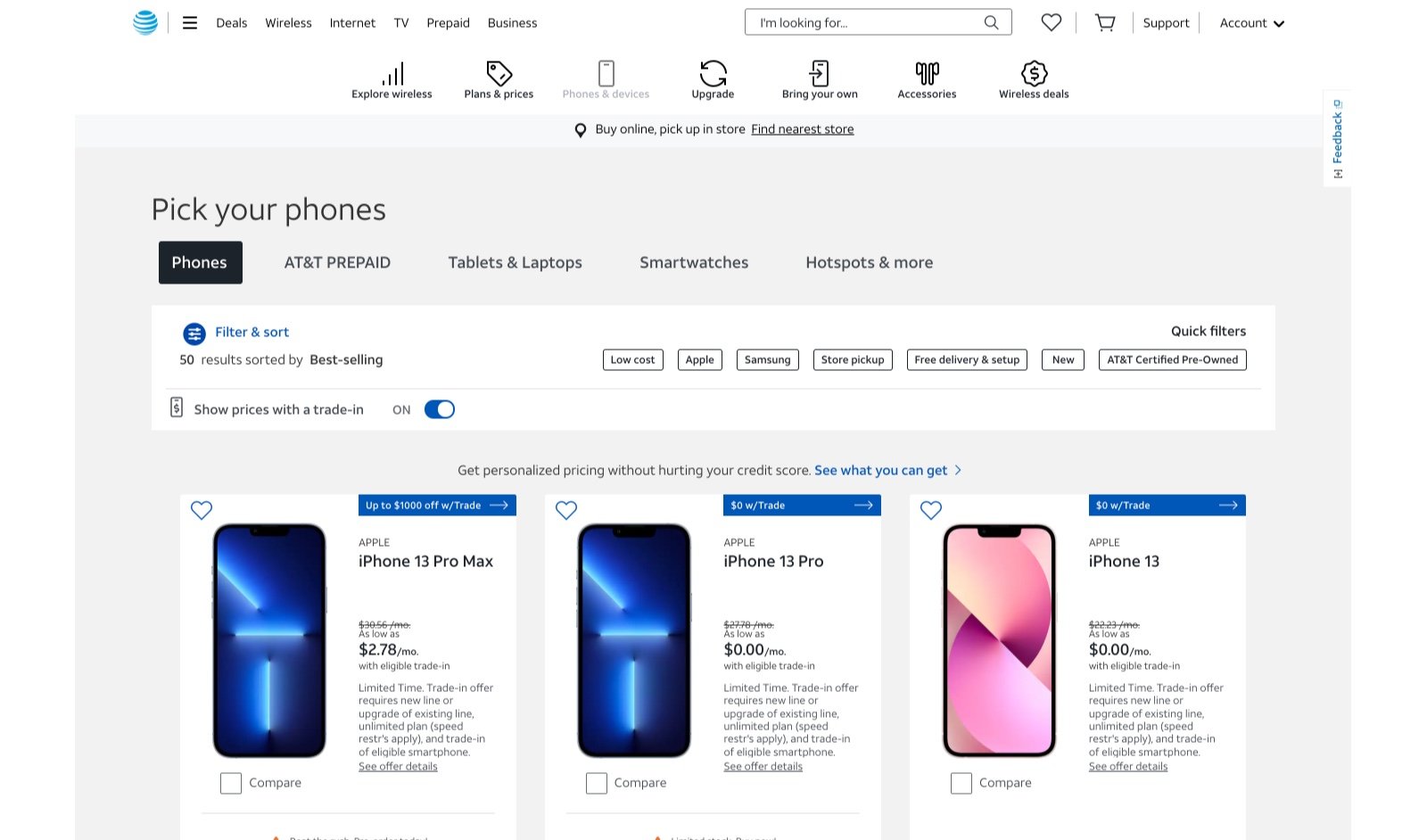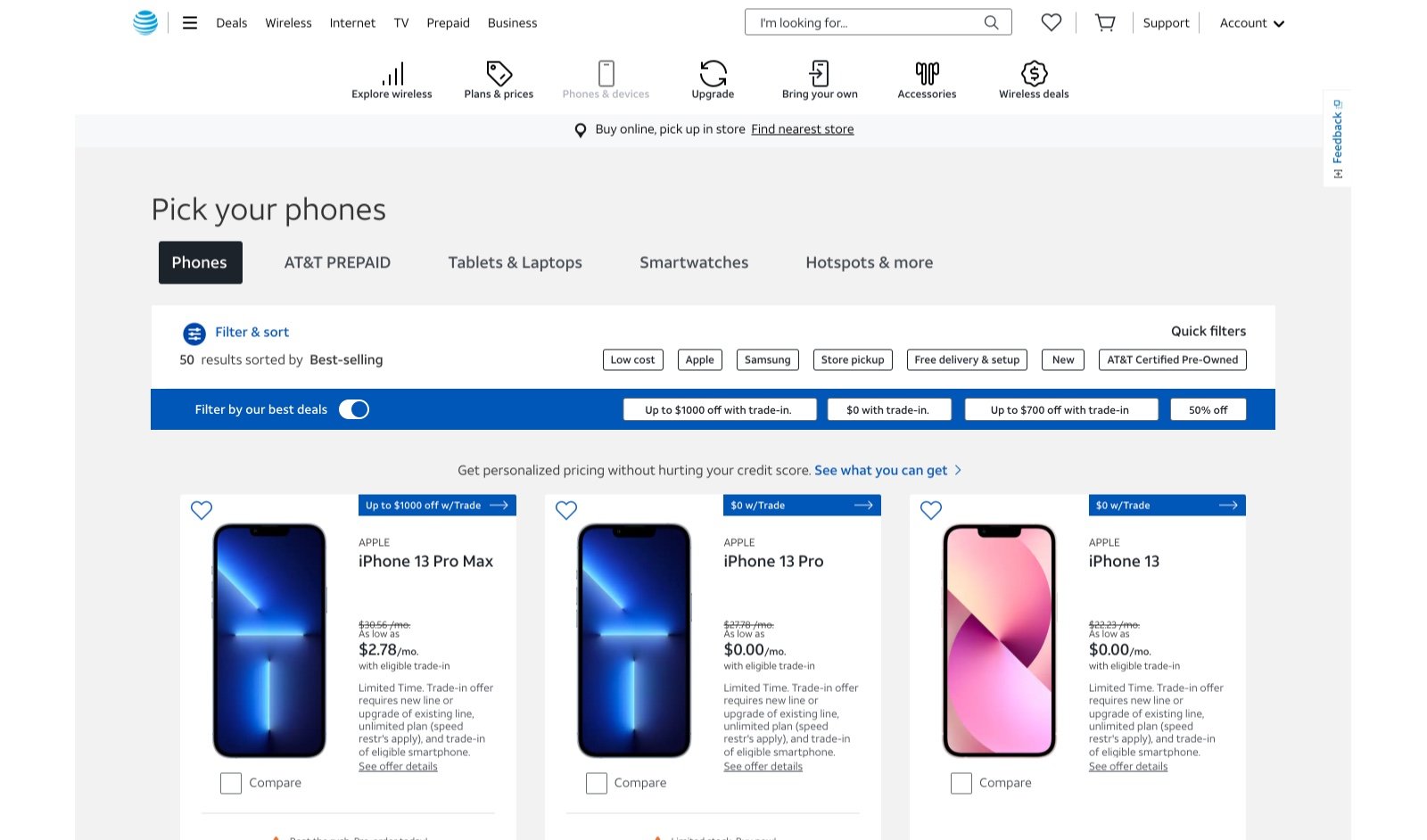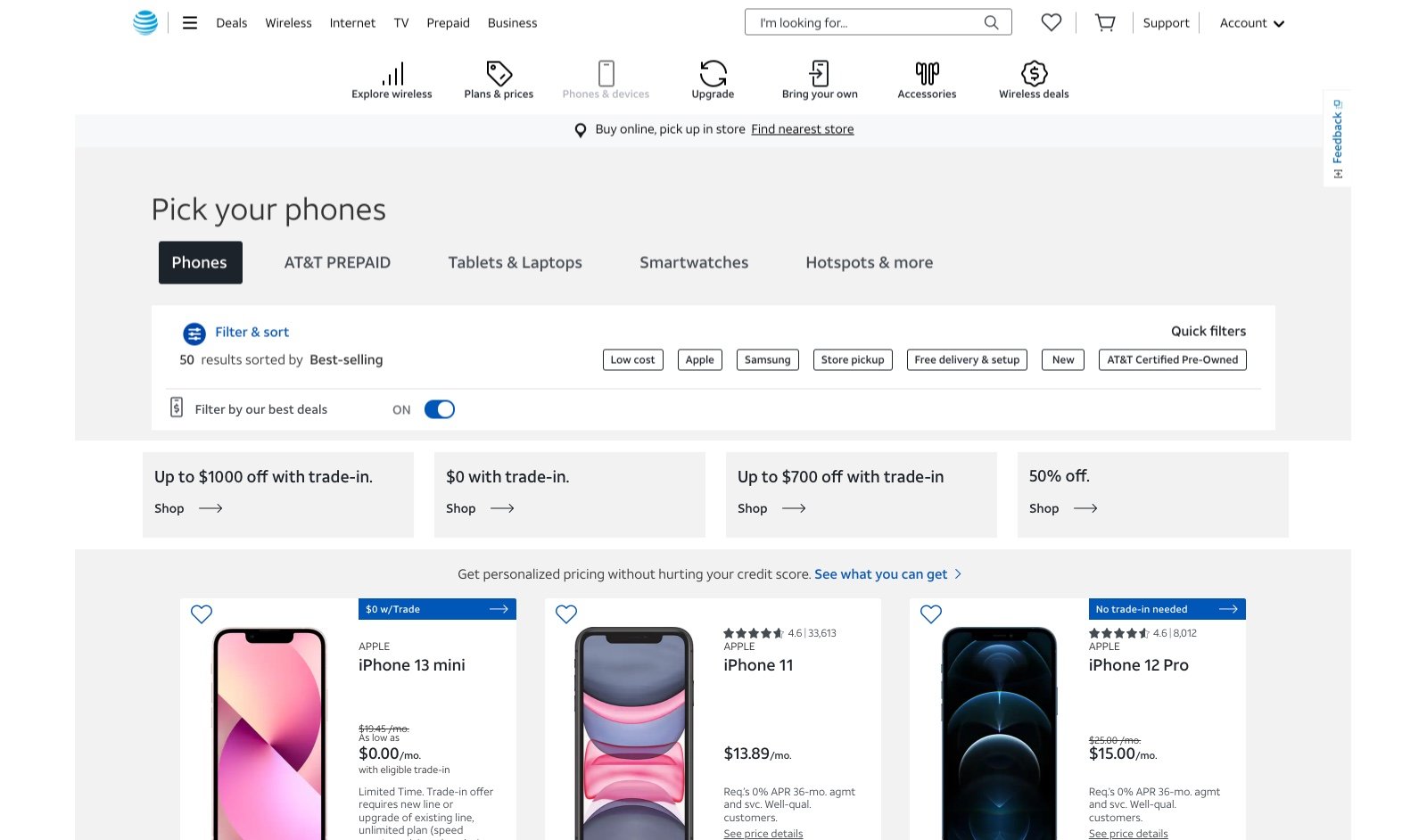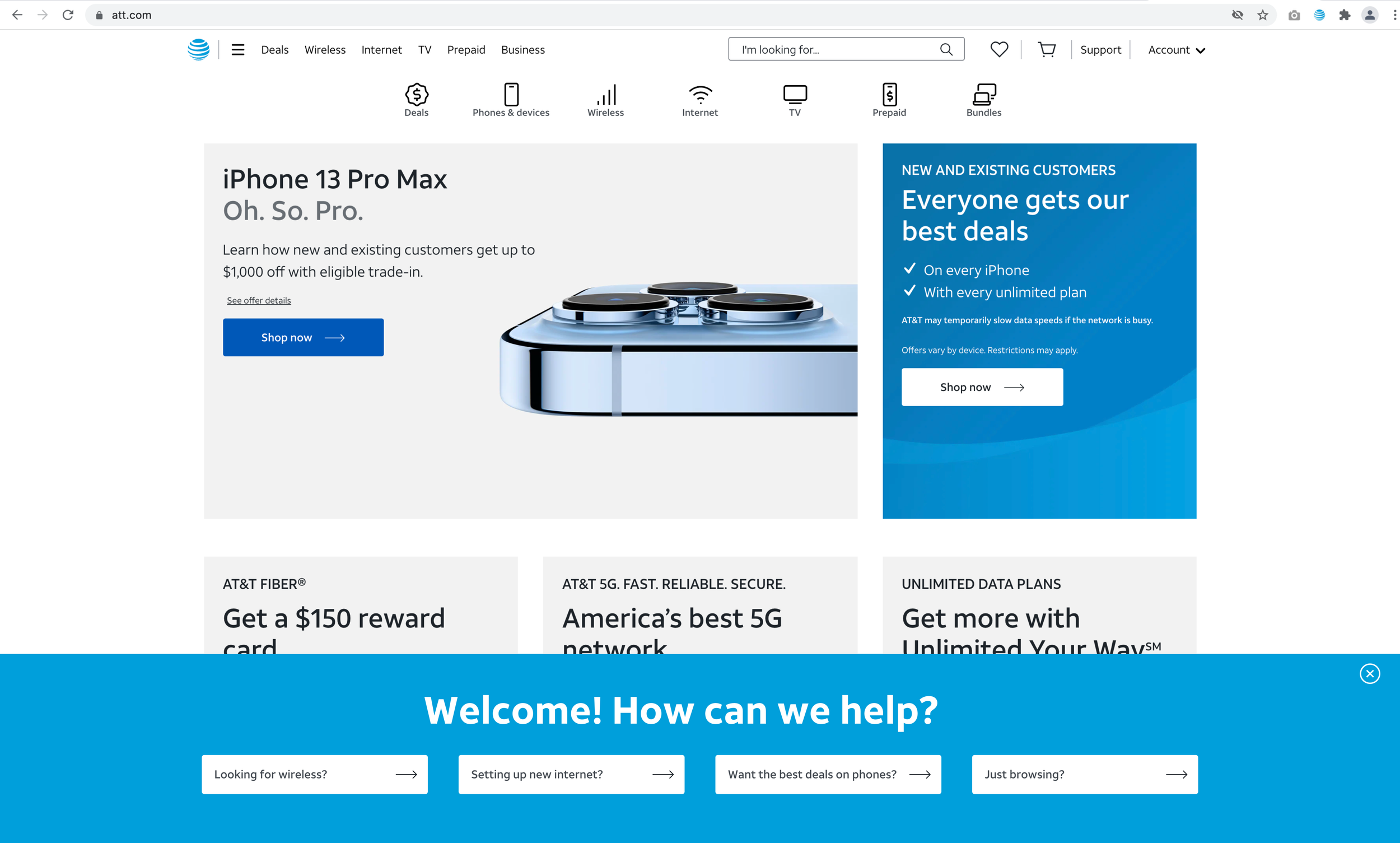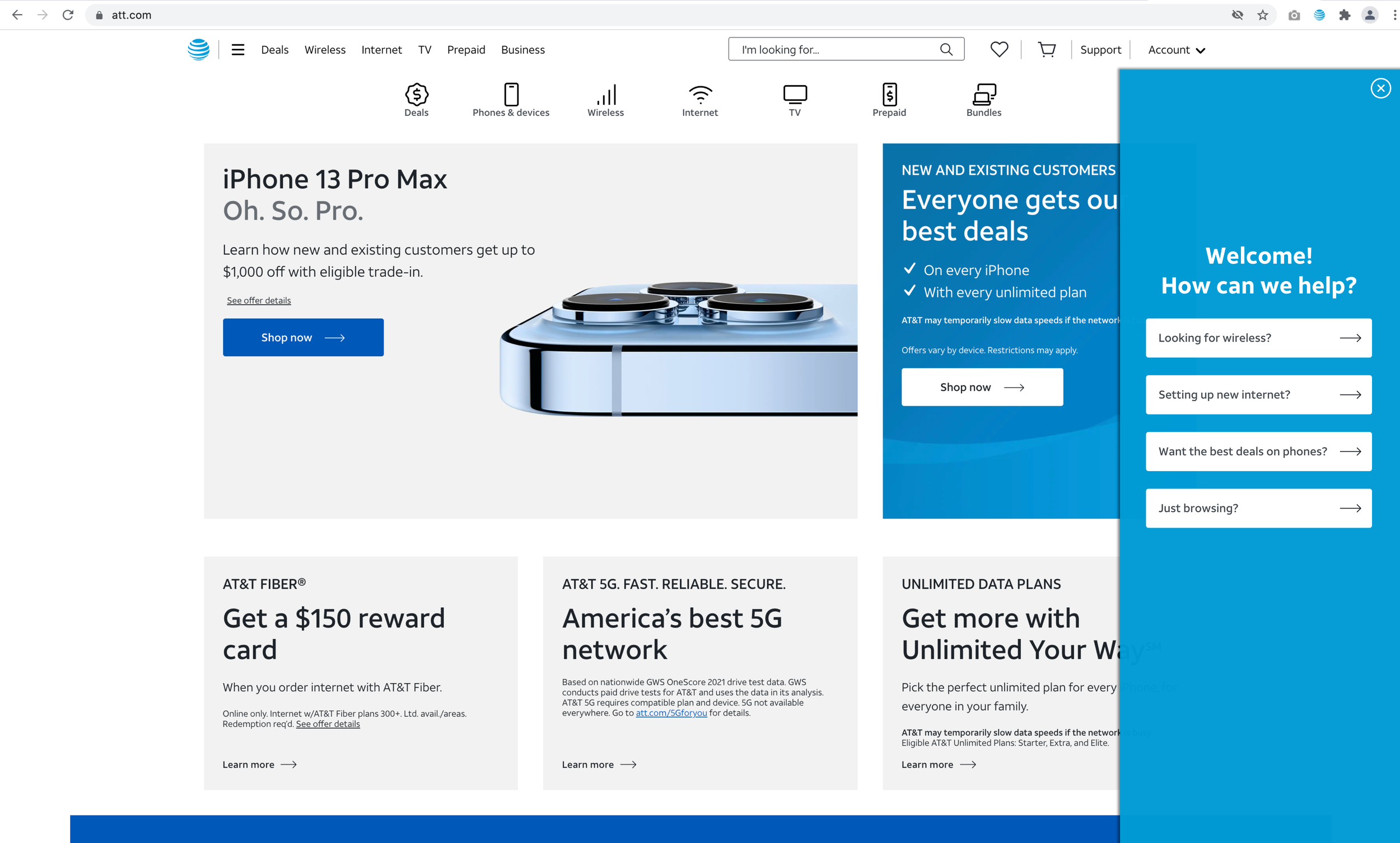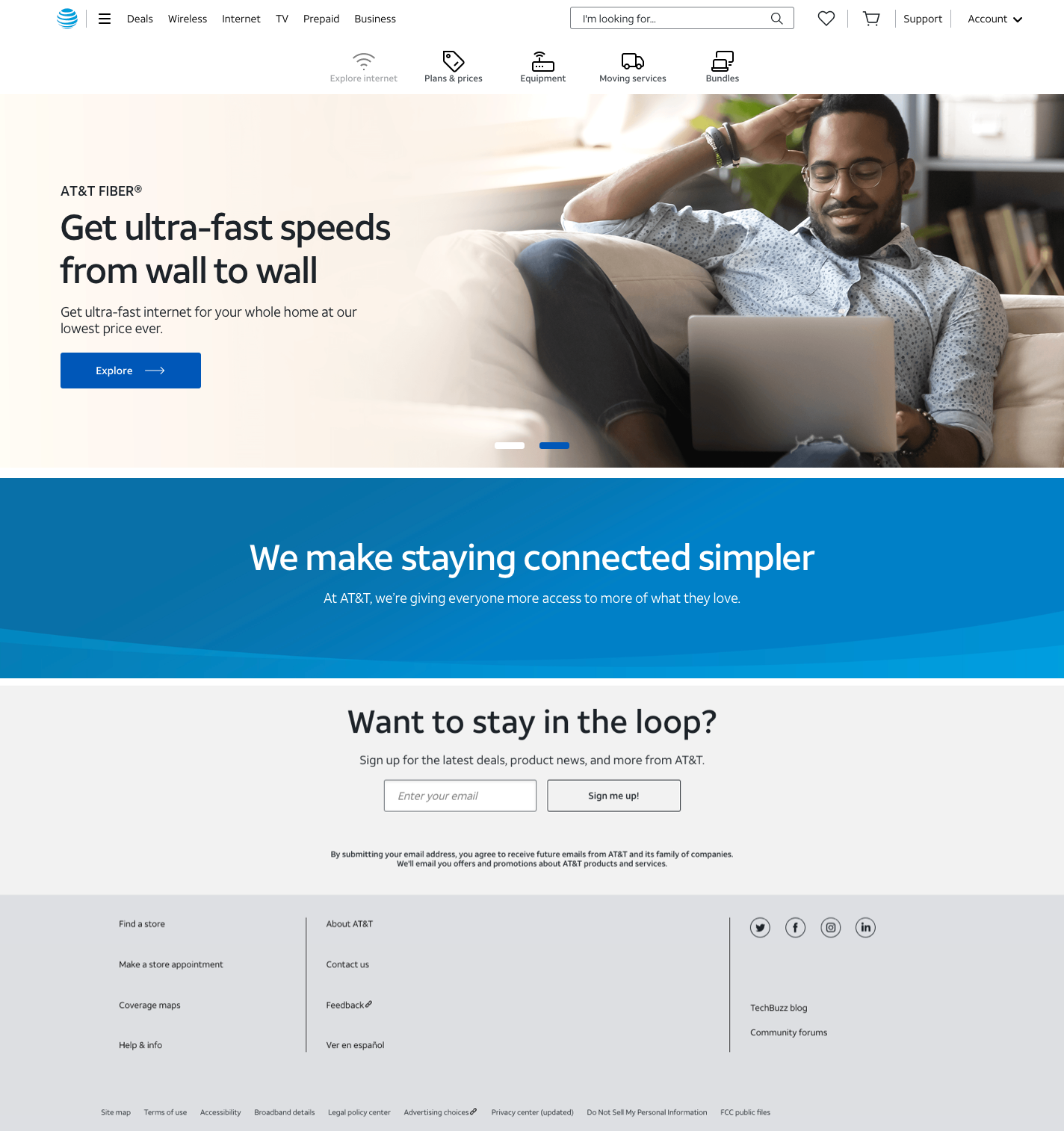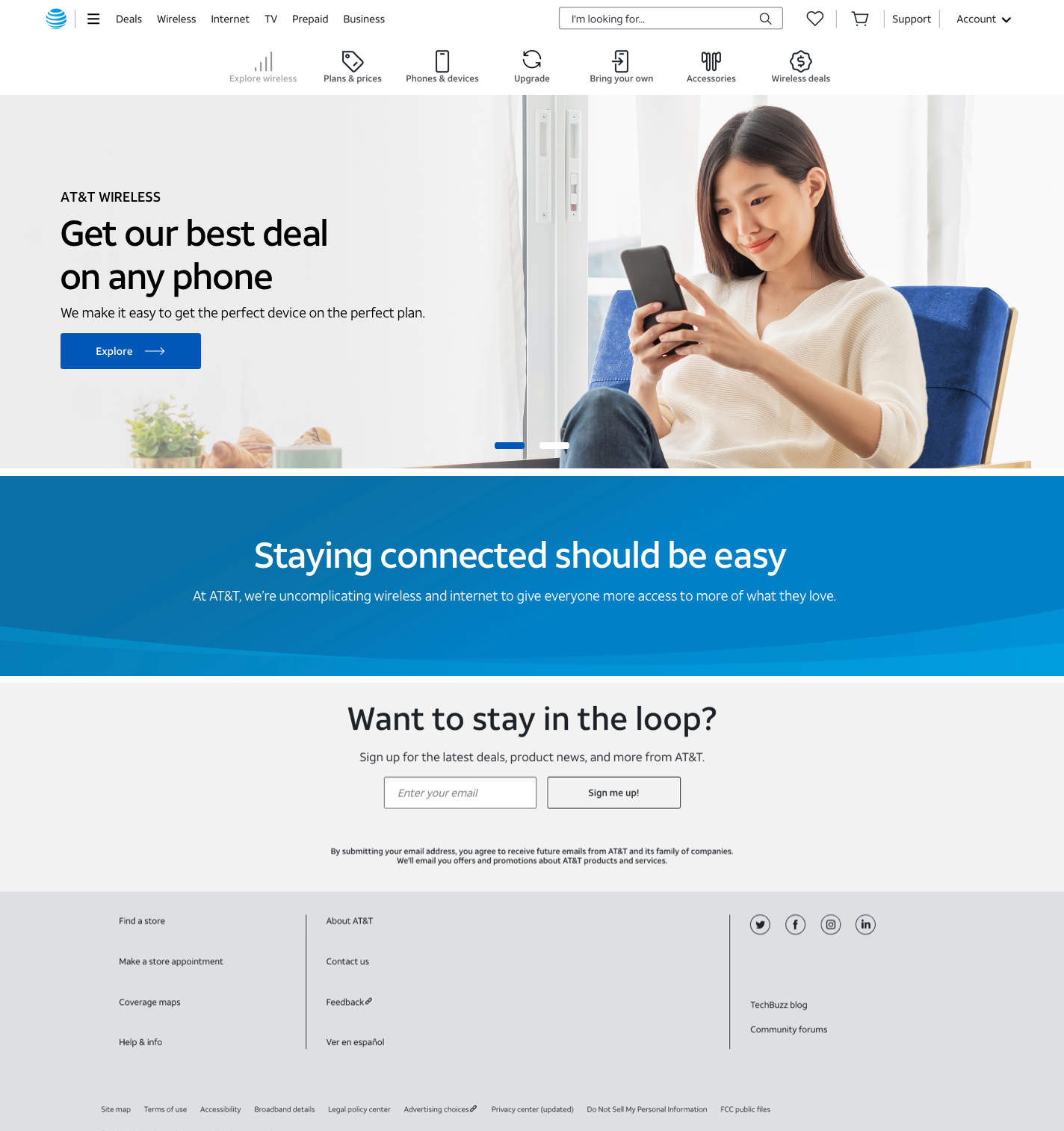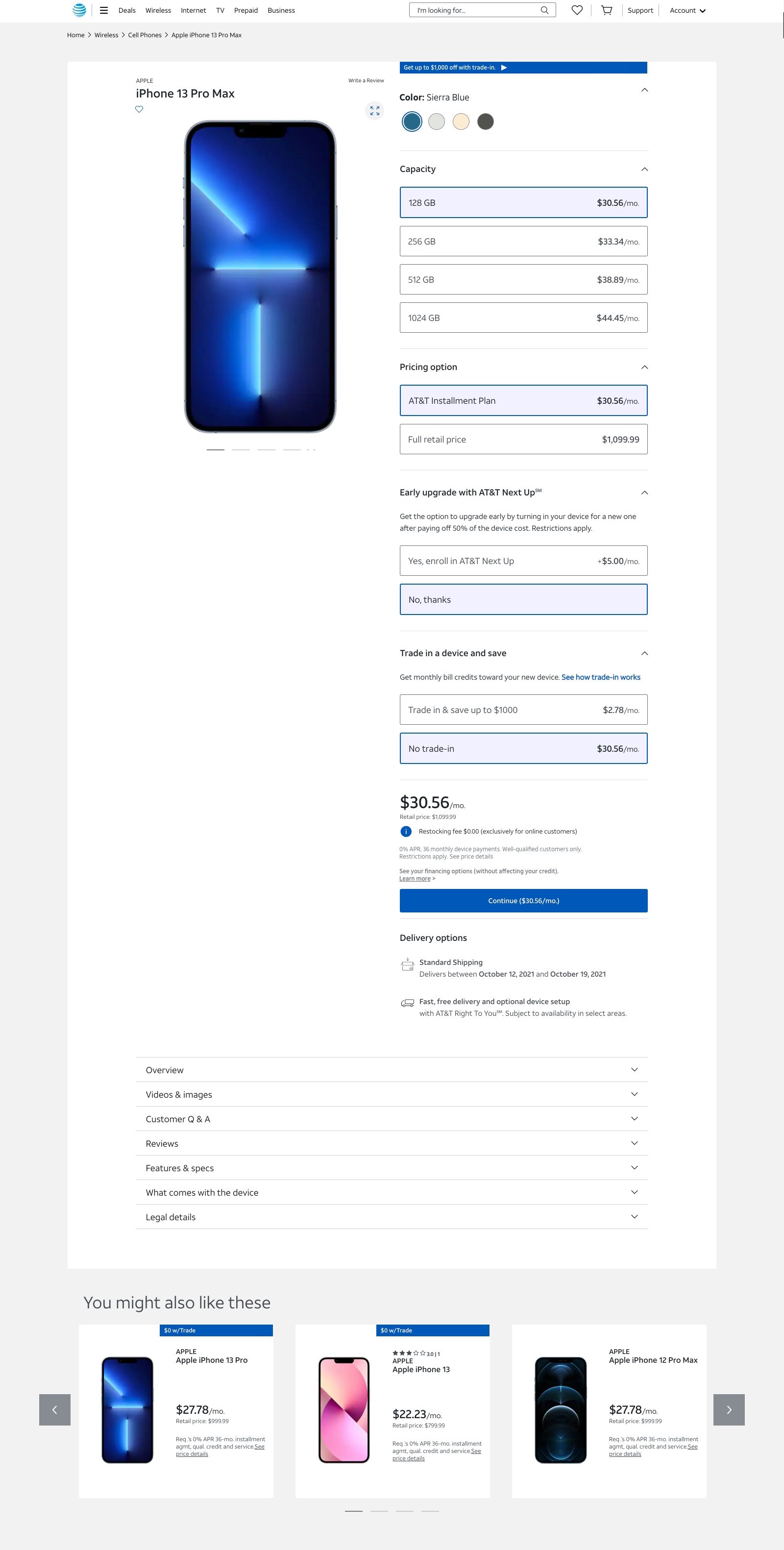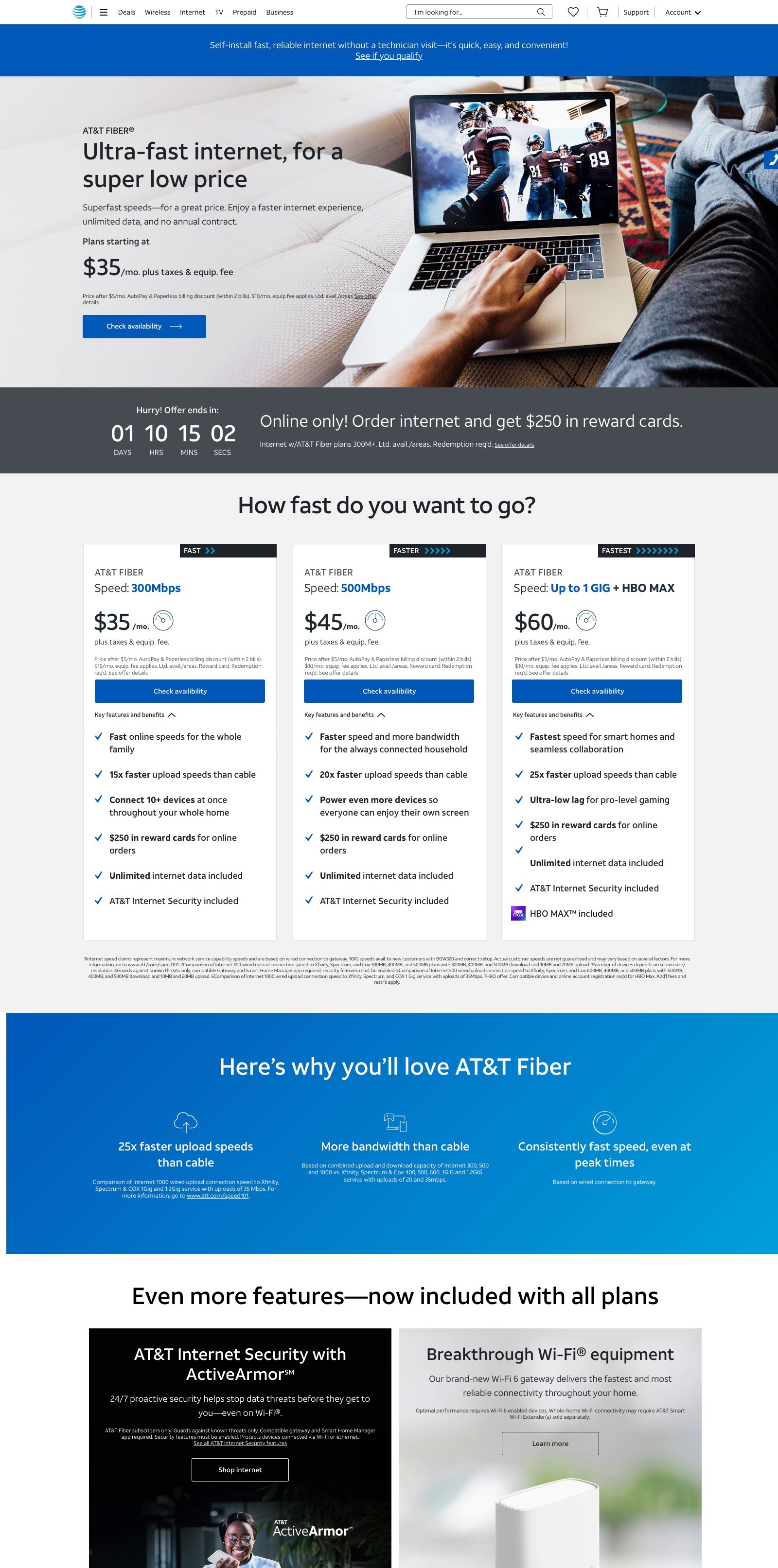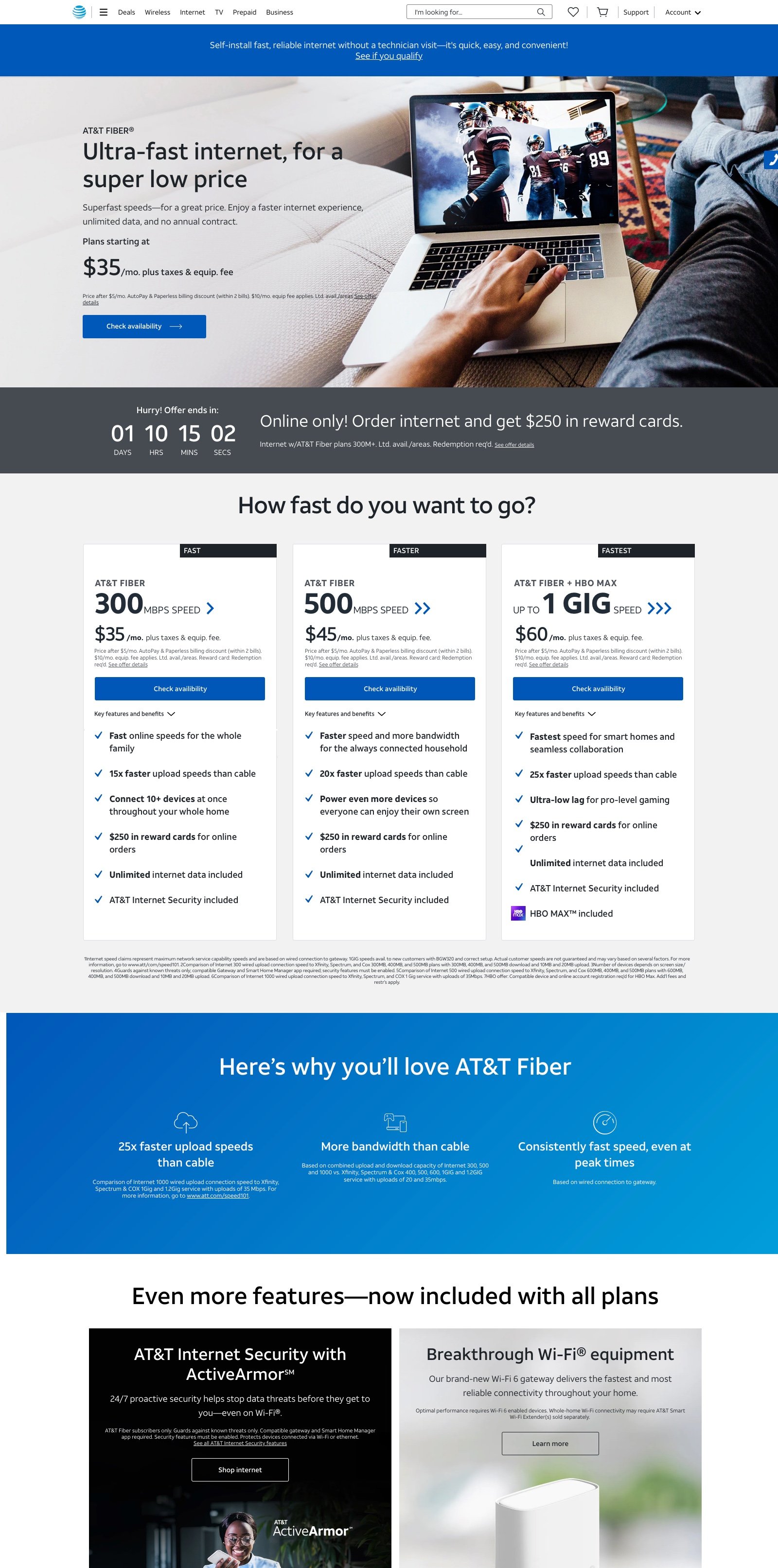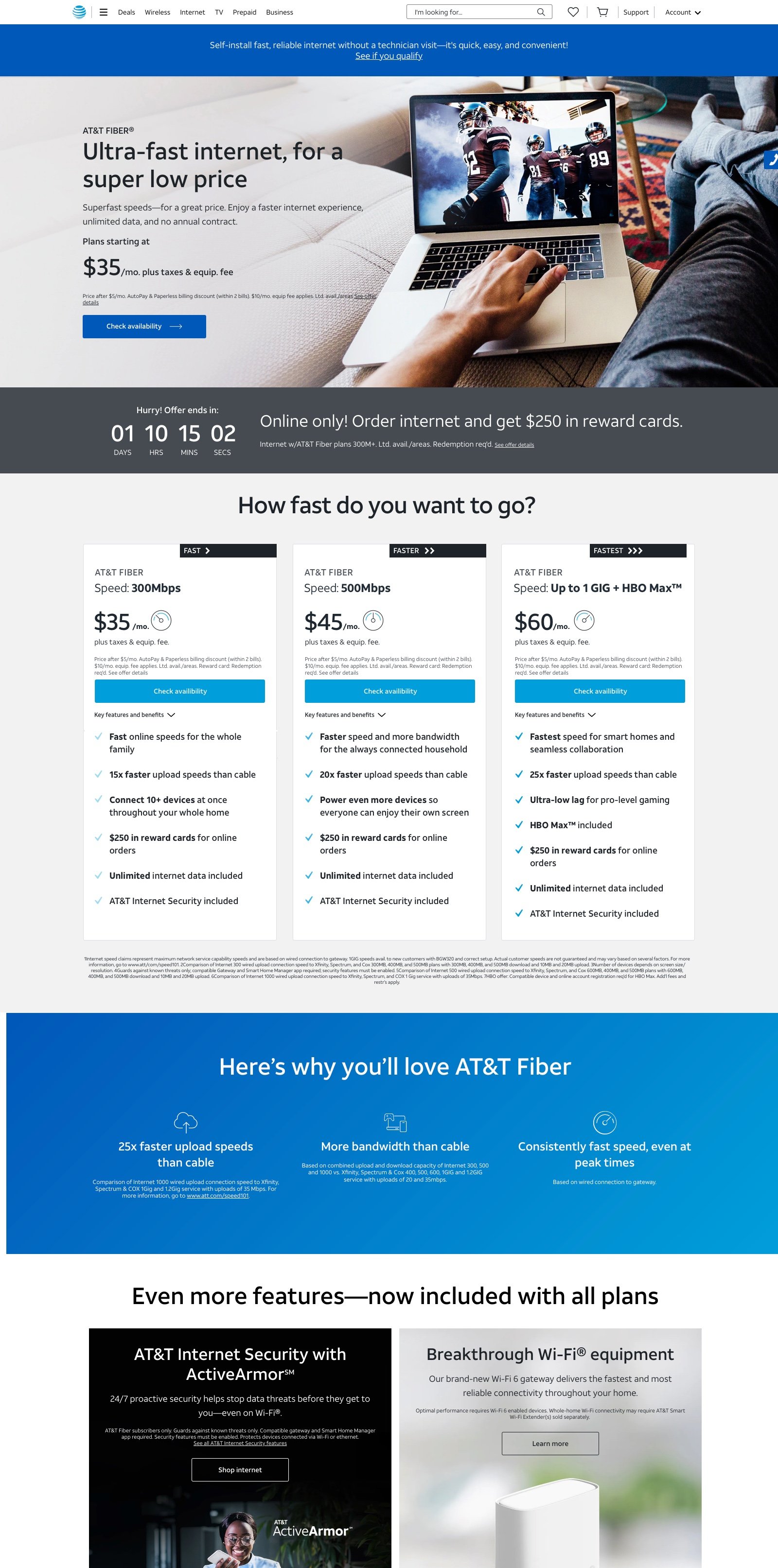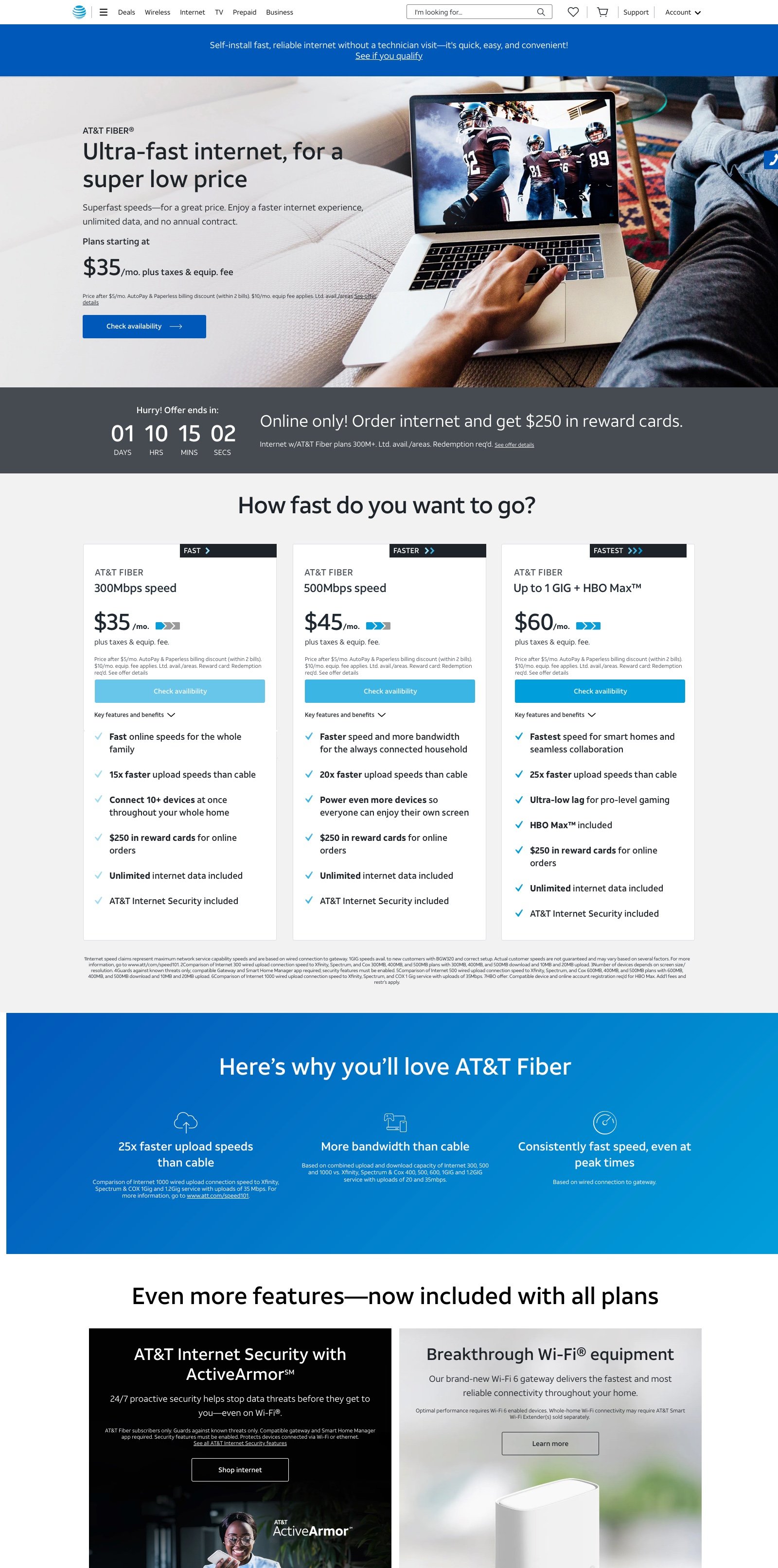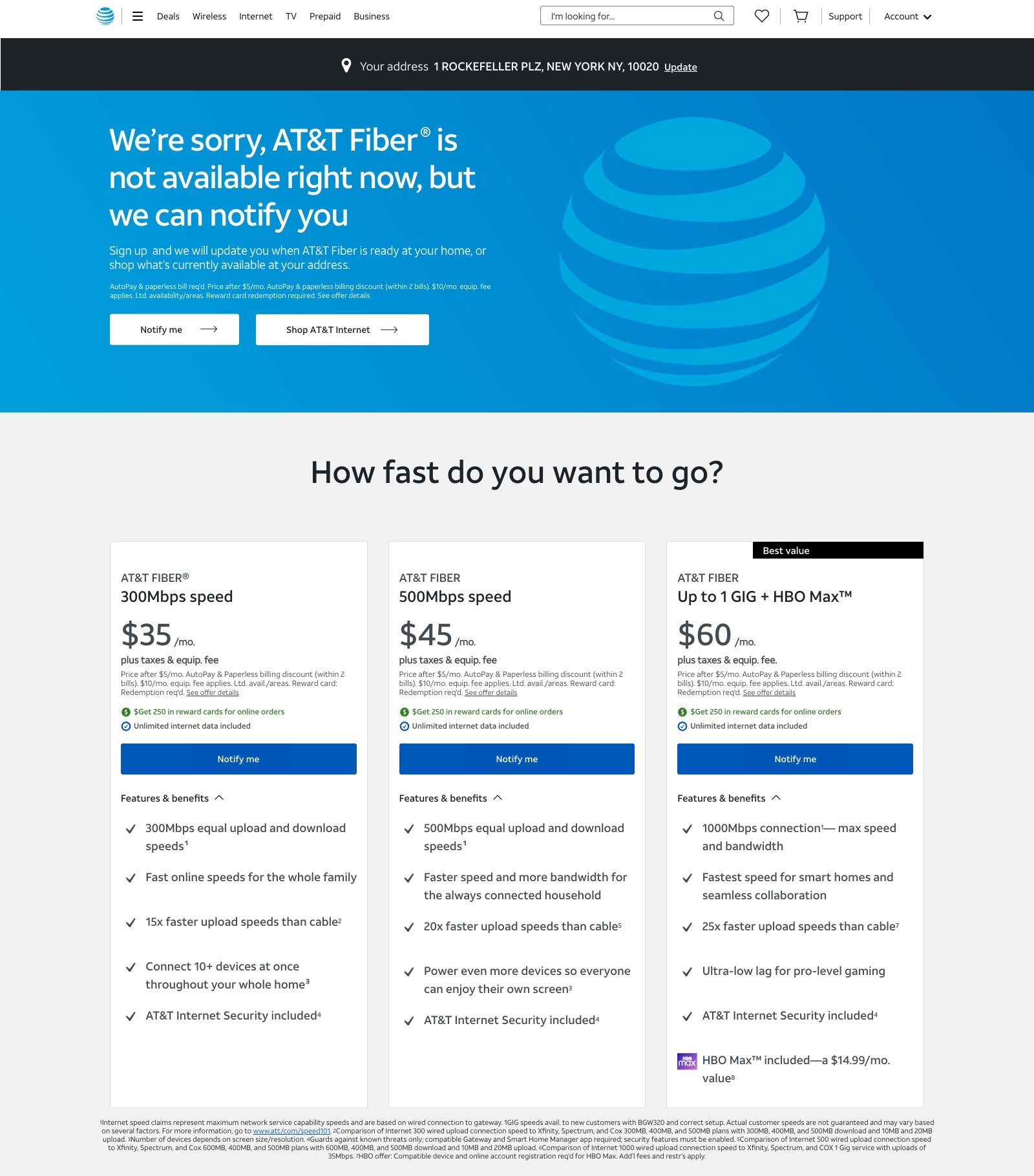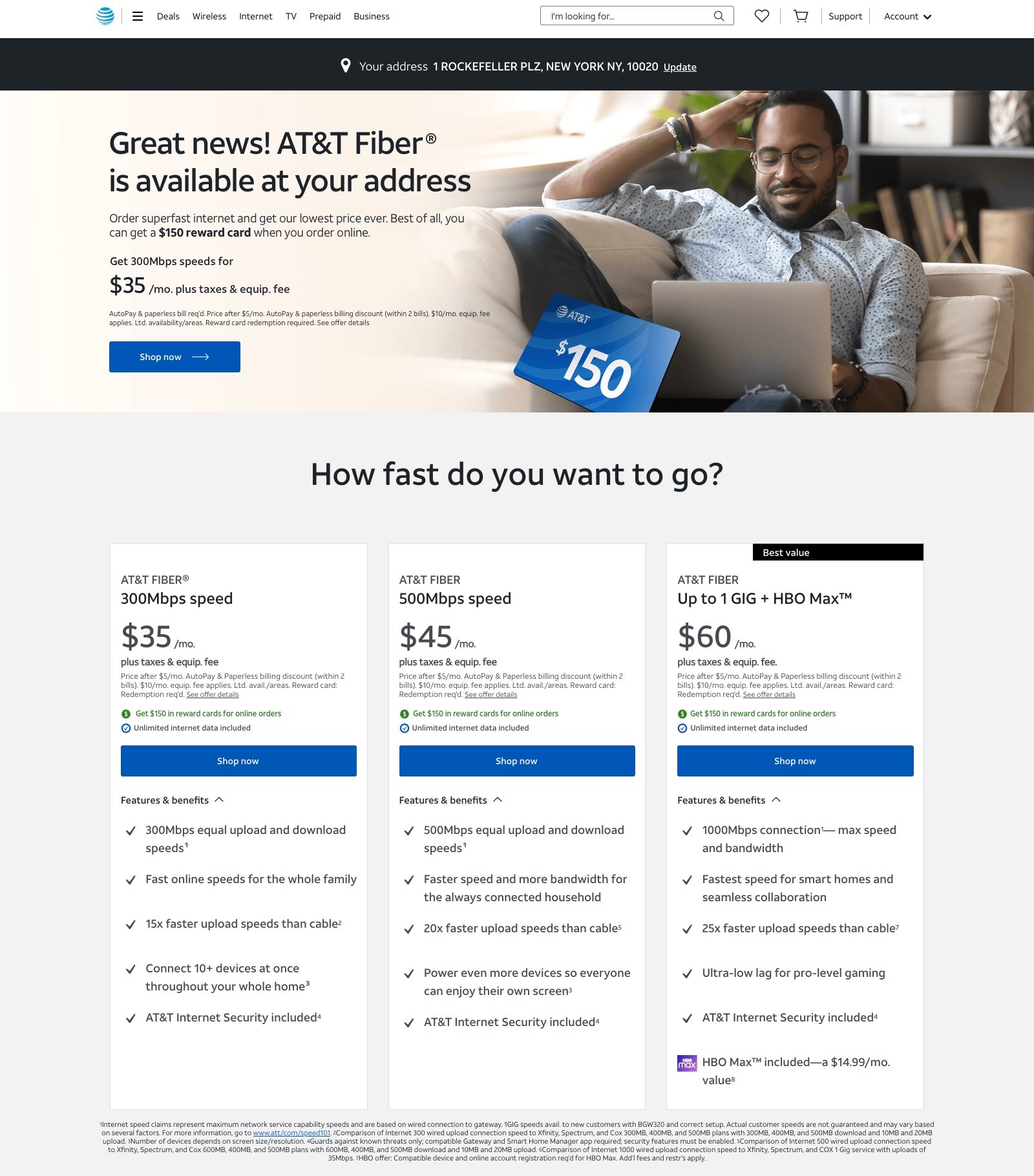BPD WashHouse
The East Coast's leading denim development + prototyping studio.
Problem: The company didn't feel like a creative studio, and it took years of courting potential clients to get their attention. People thought of them as an industrial wash facility vs a creative studio.
Solution: I undertook a comprehensive branding transformation, reenvisioning how they conveyed their products and services. This involved a complete overhaul, including a logo revamp, refreshing their brand visuals, redesigning their website, creating an immersive in-store app for personalized denim experiences, revamping email communications, optimizing their social media presence, and enhancing their overall experiential design.
Following this rebranding effort, we've witnessed consistent year-over-year growth, with classes and expos consistently selling out. Moreover, media opportunities and partnership proposals are now actively seeking us out.

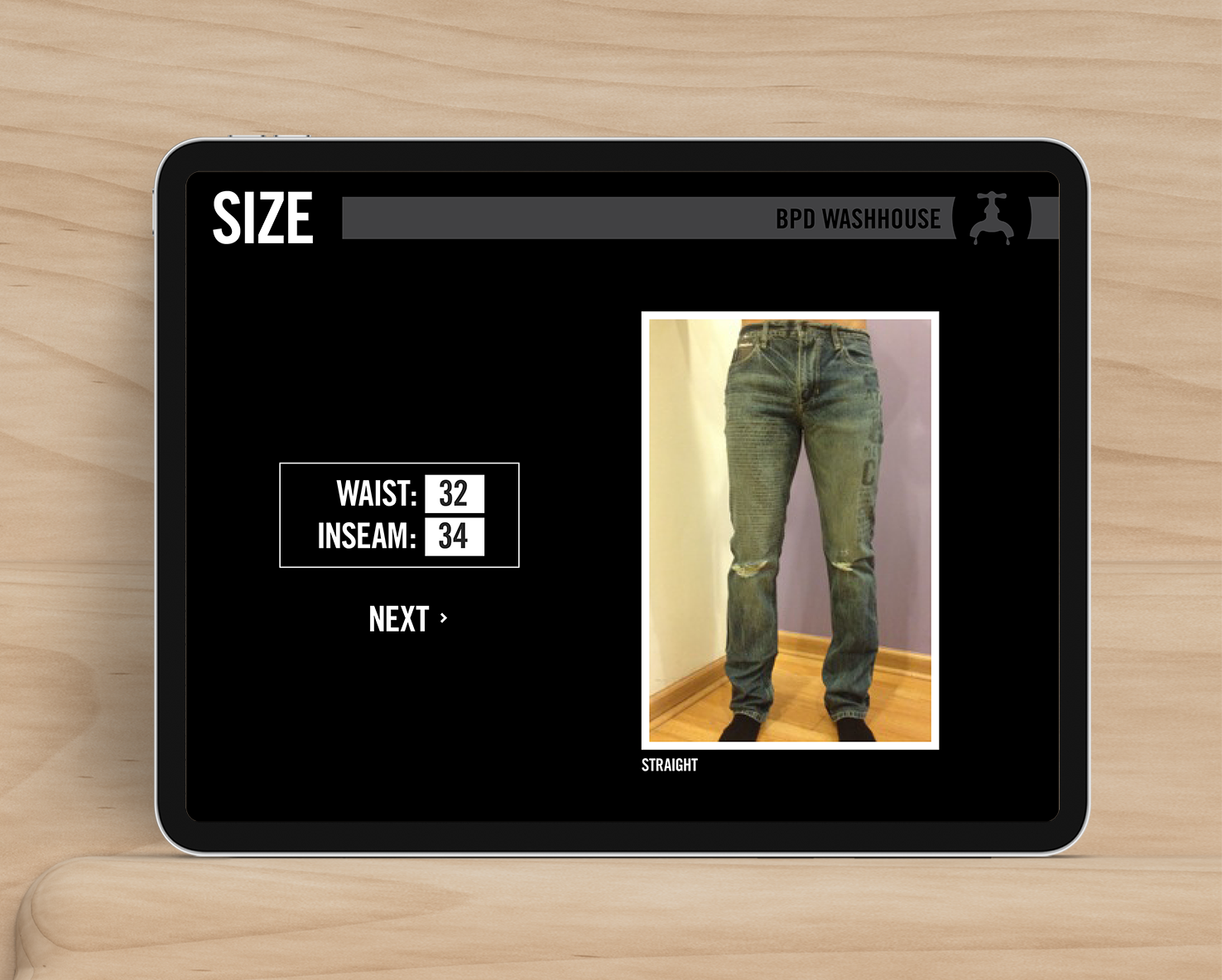
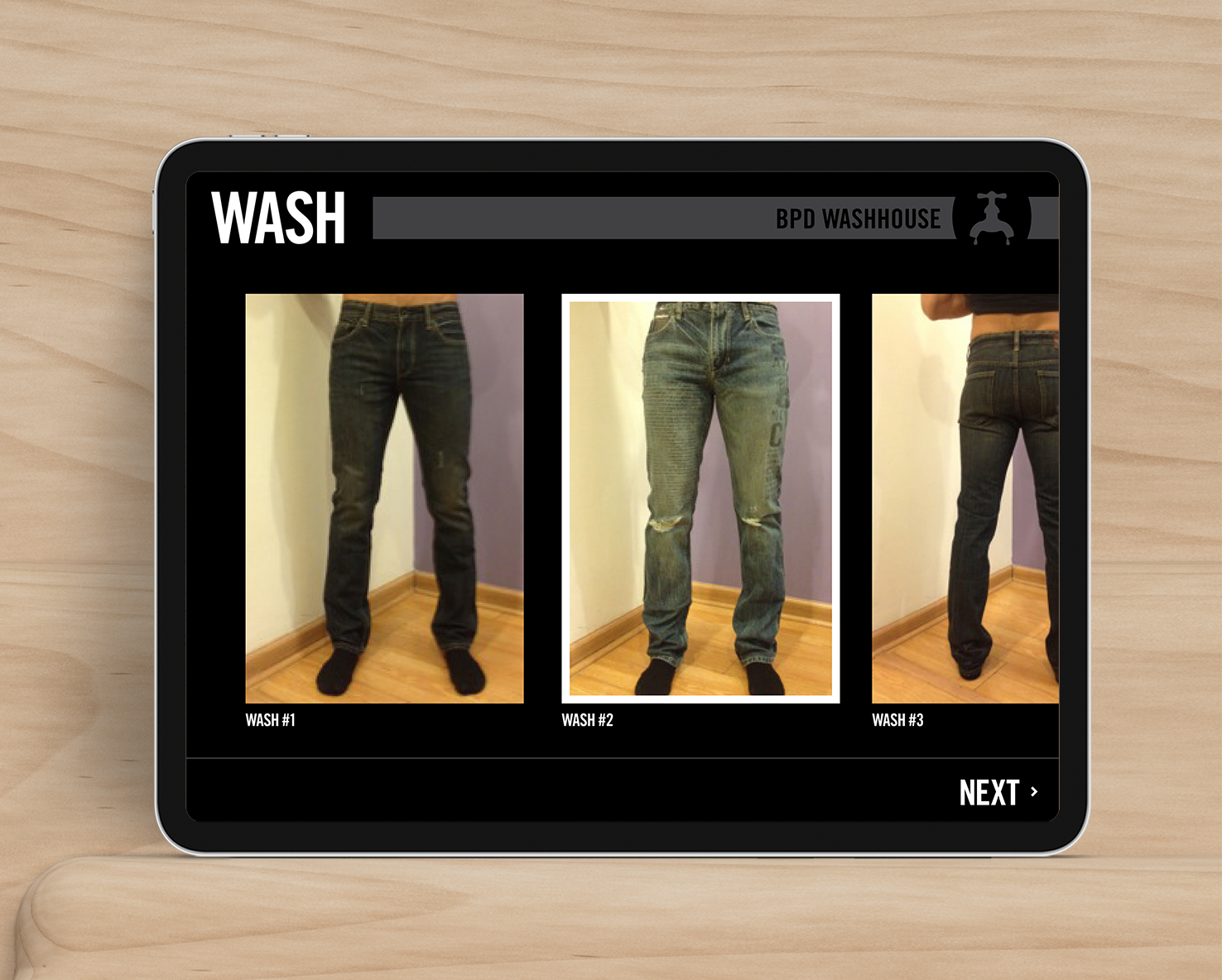

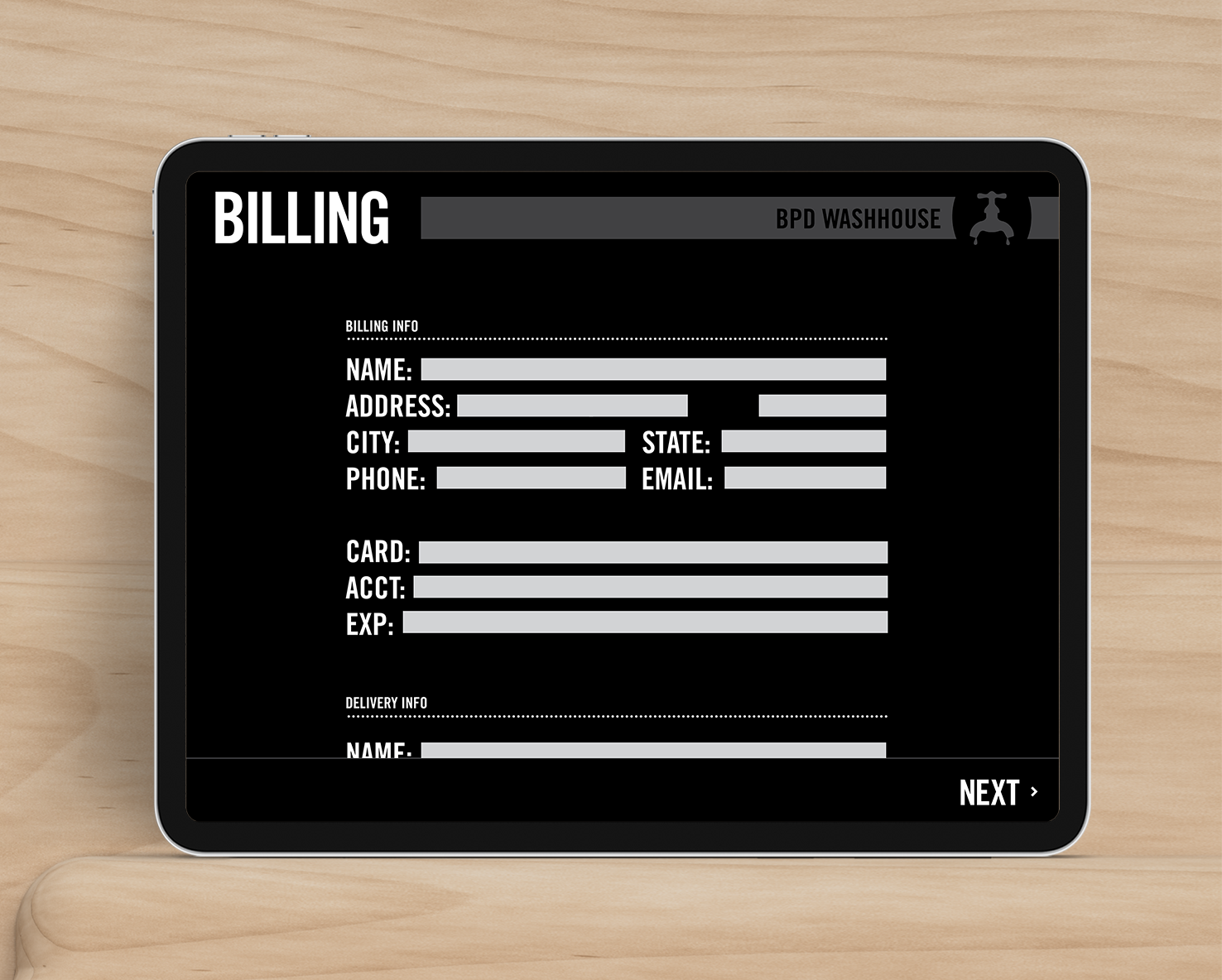
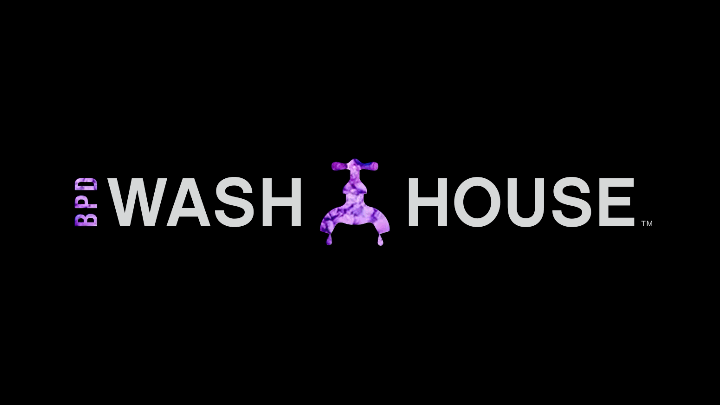
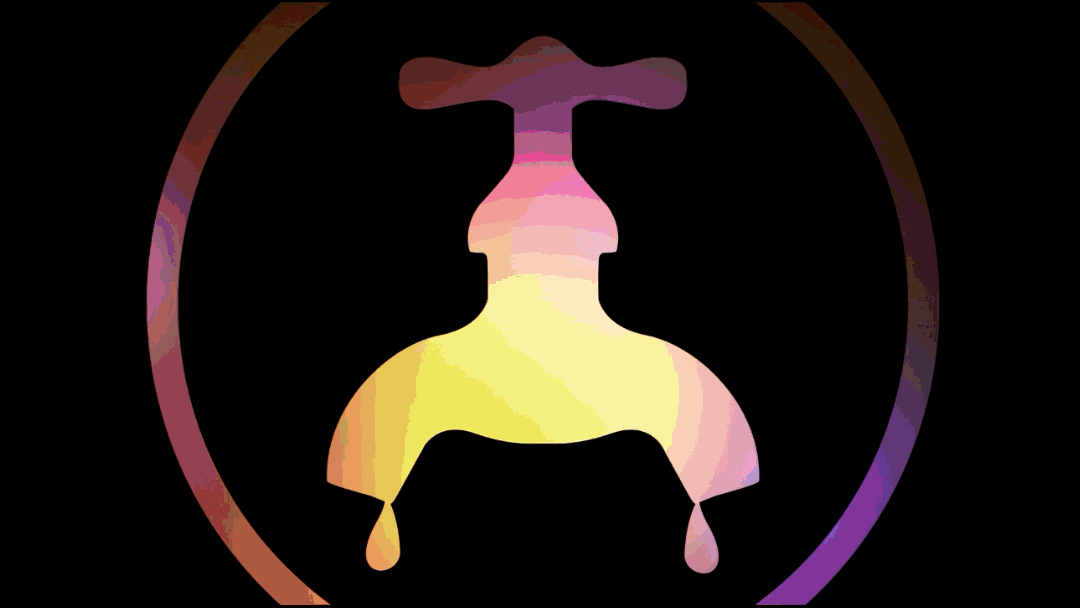
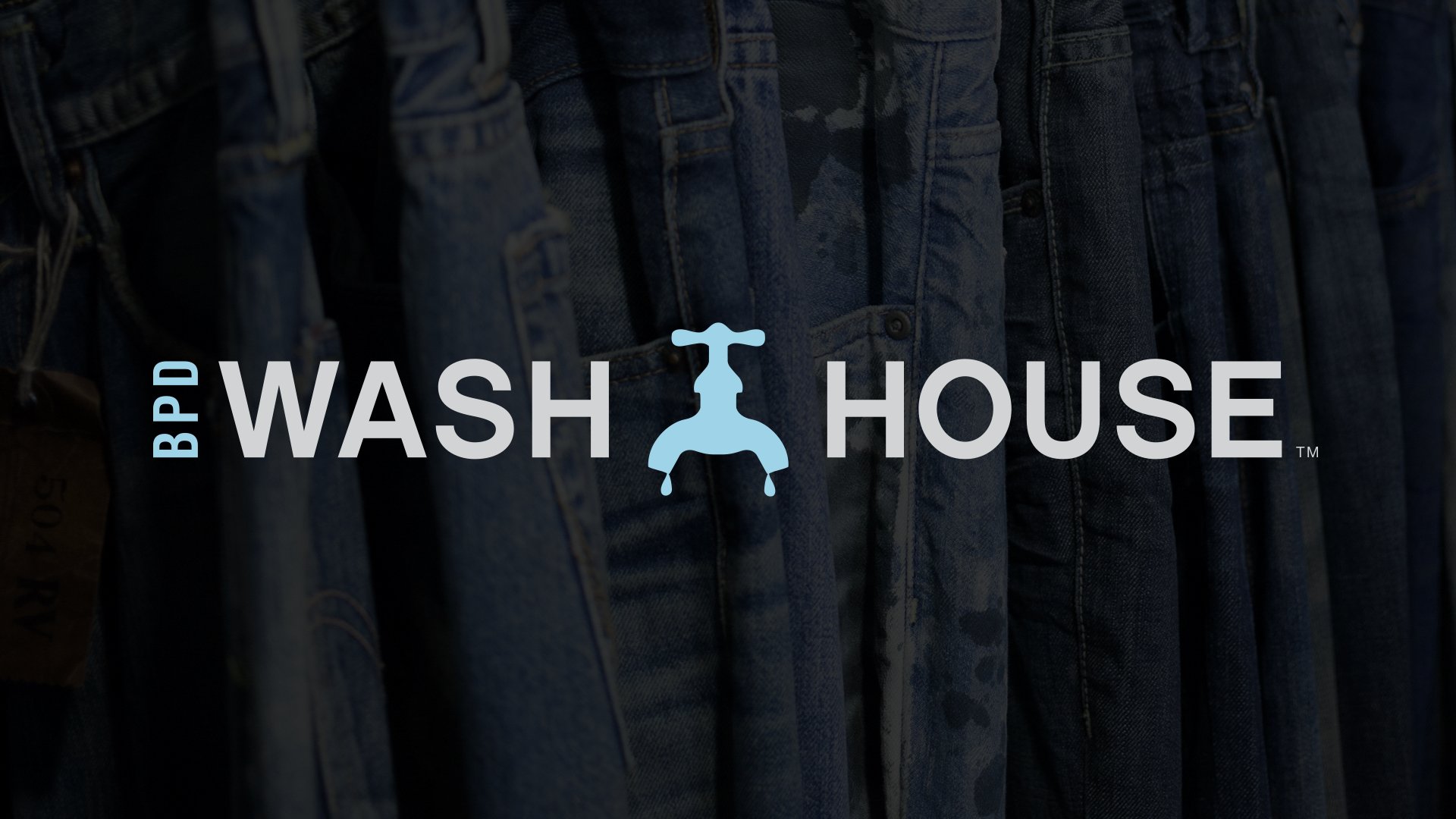
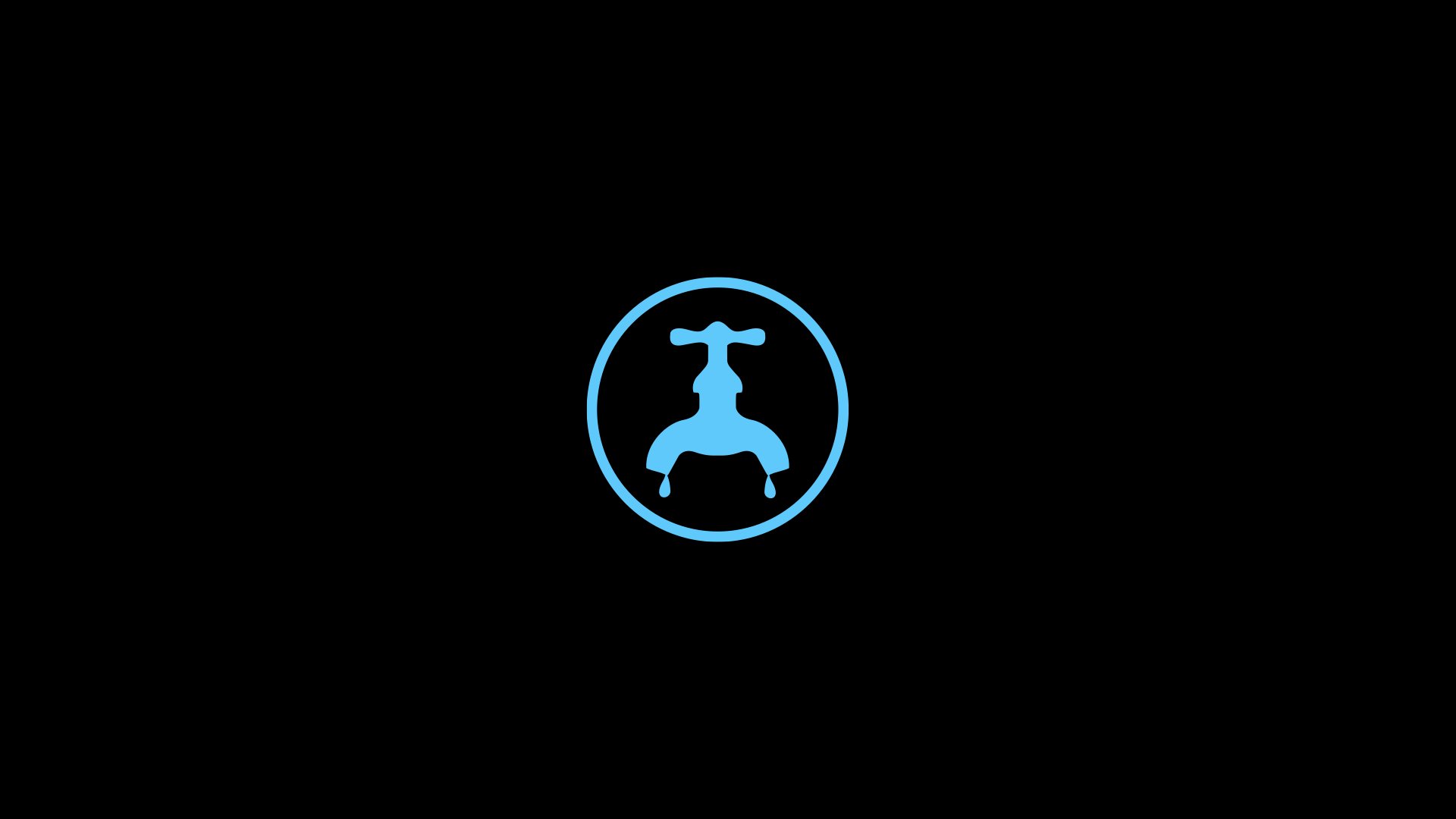
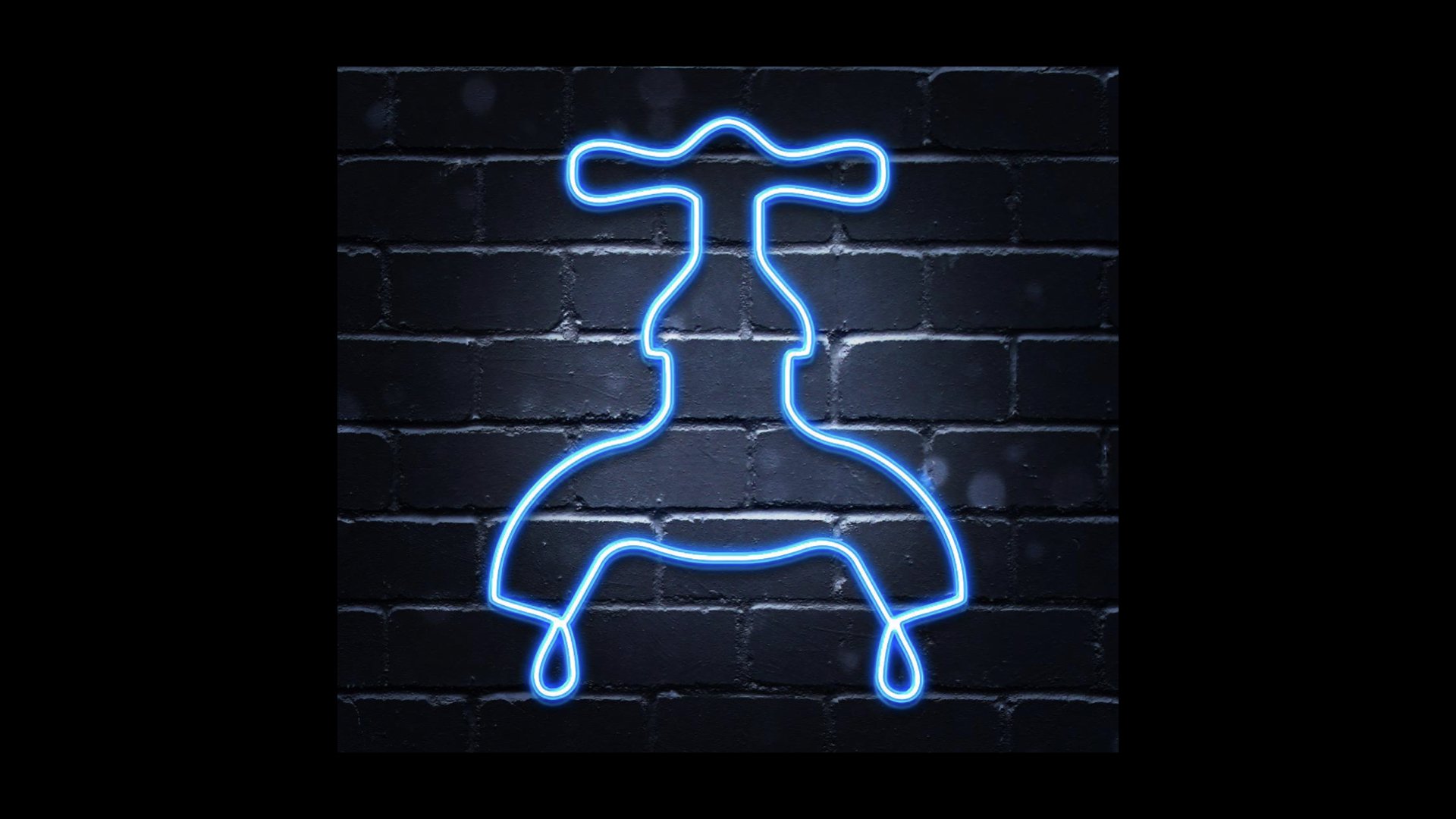
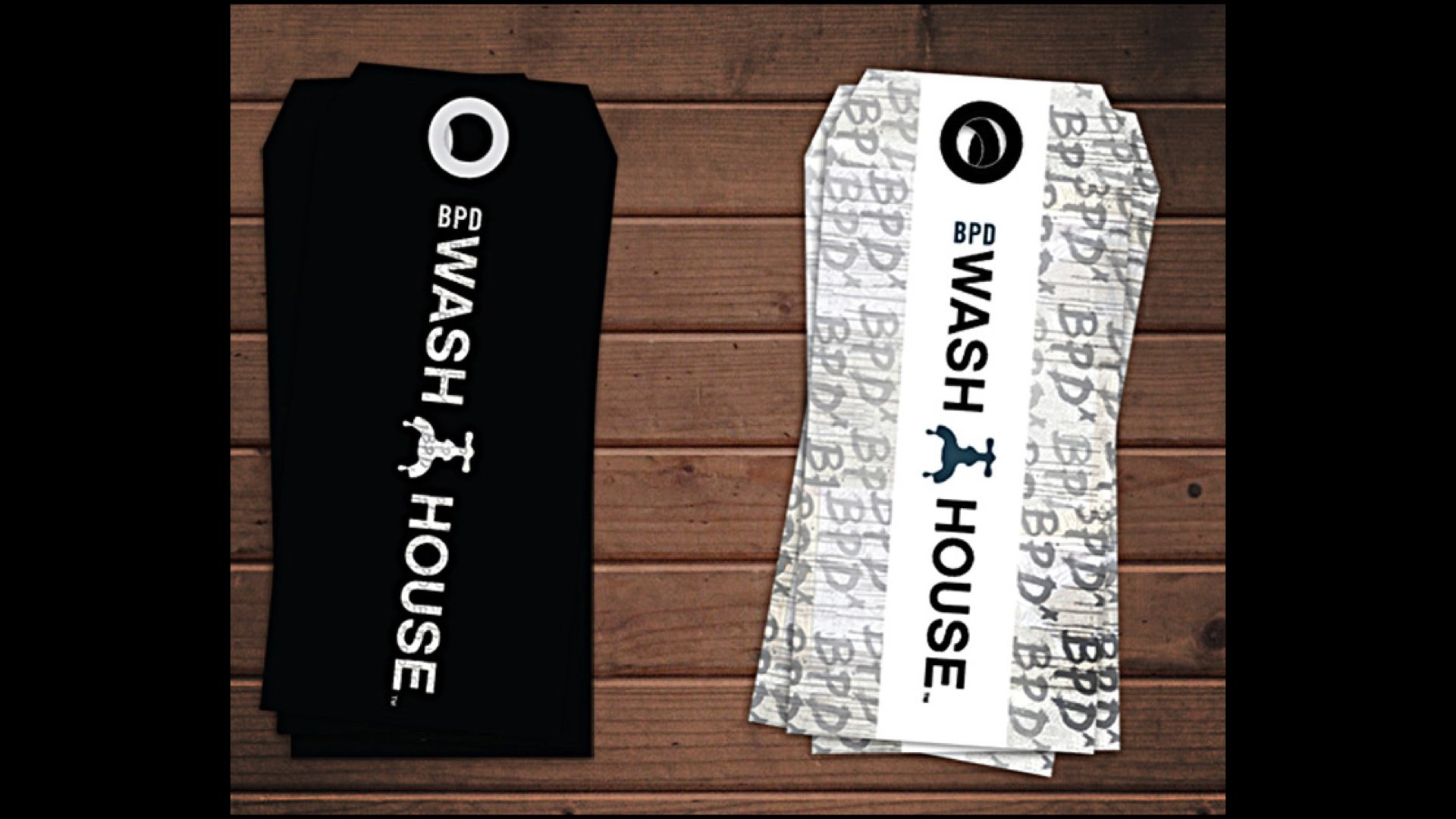

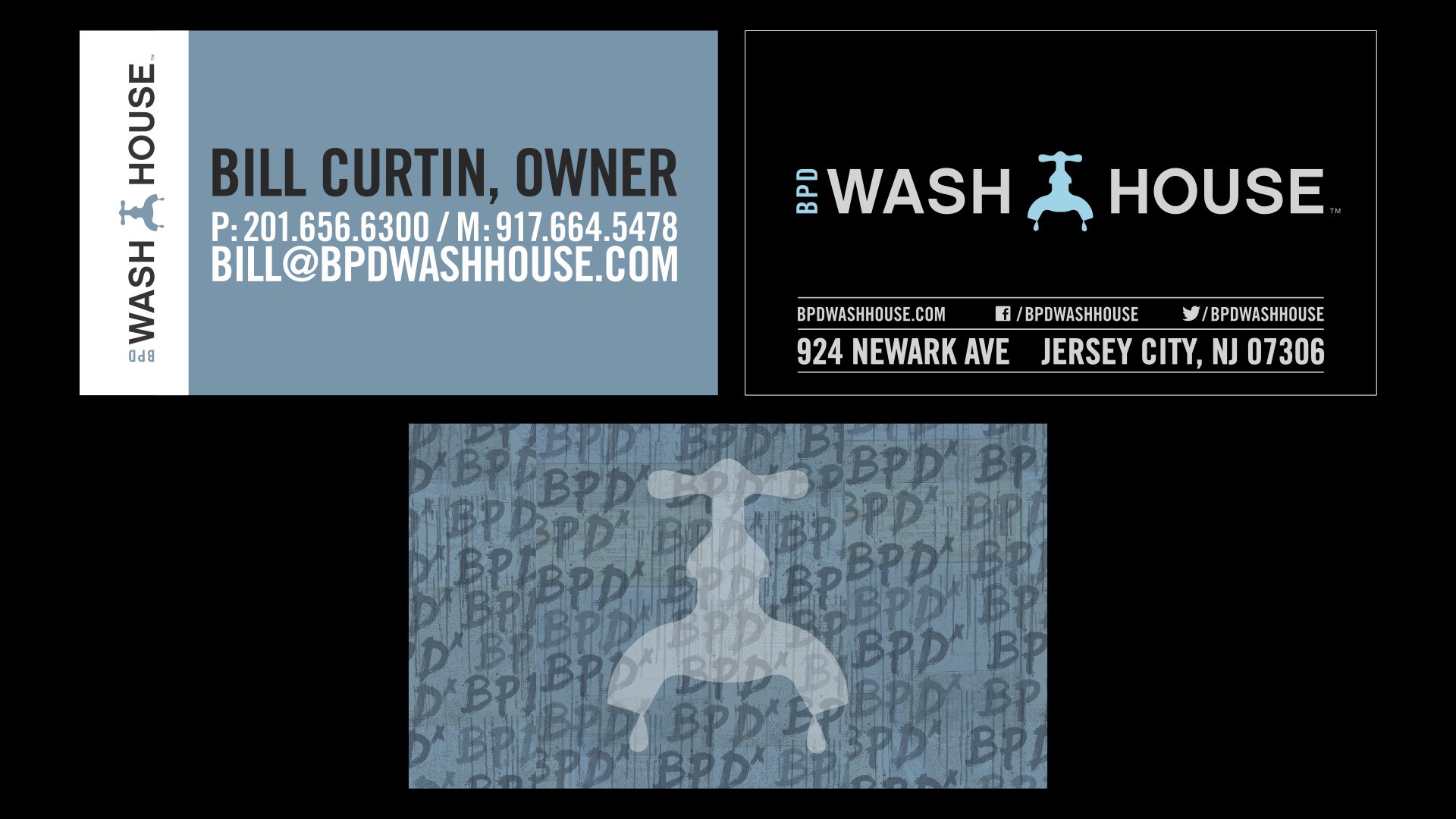
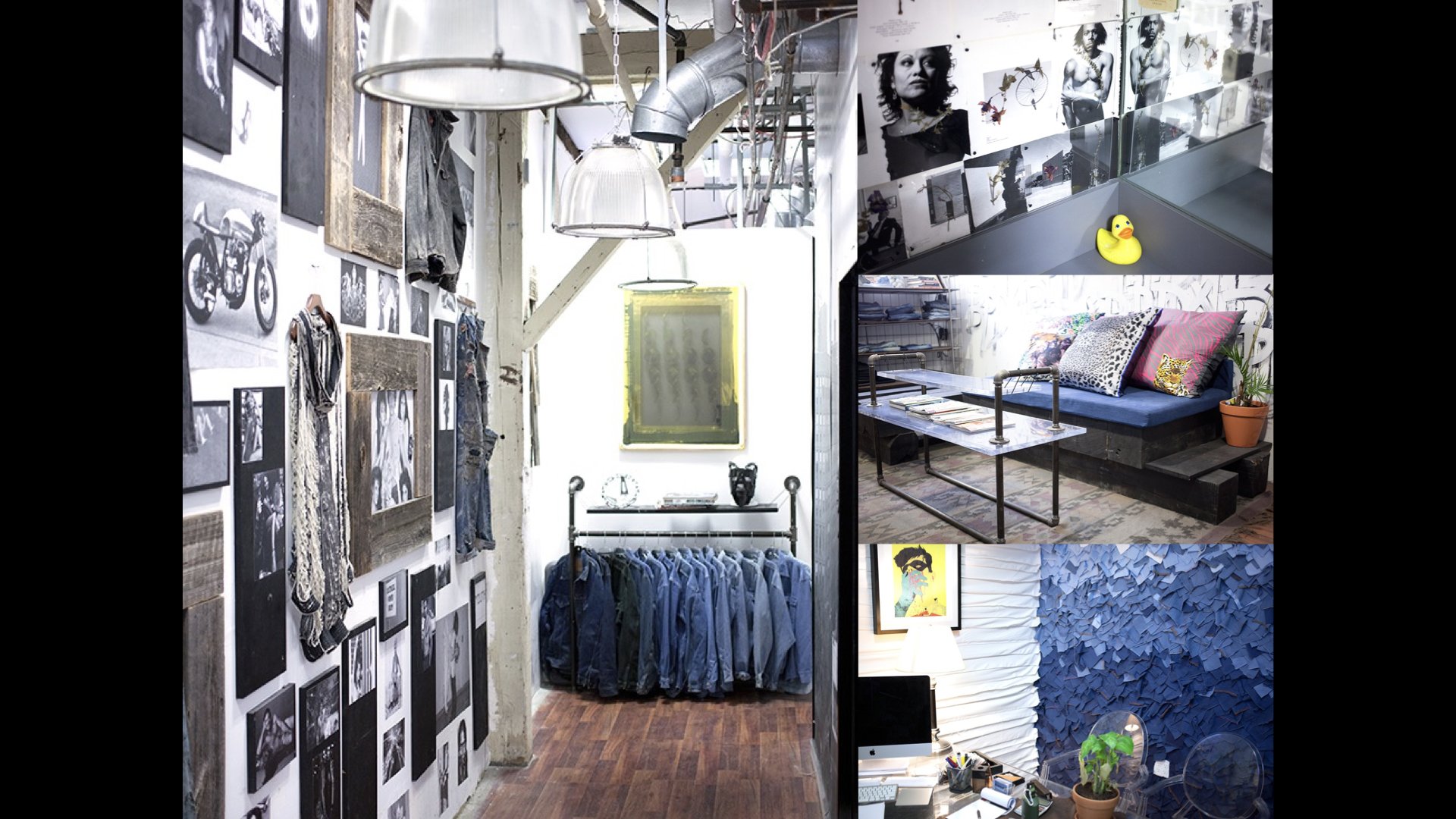
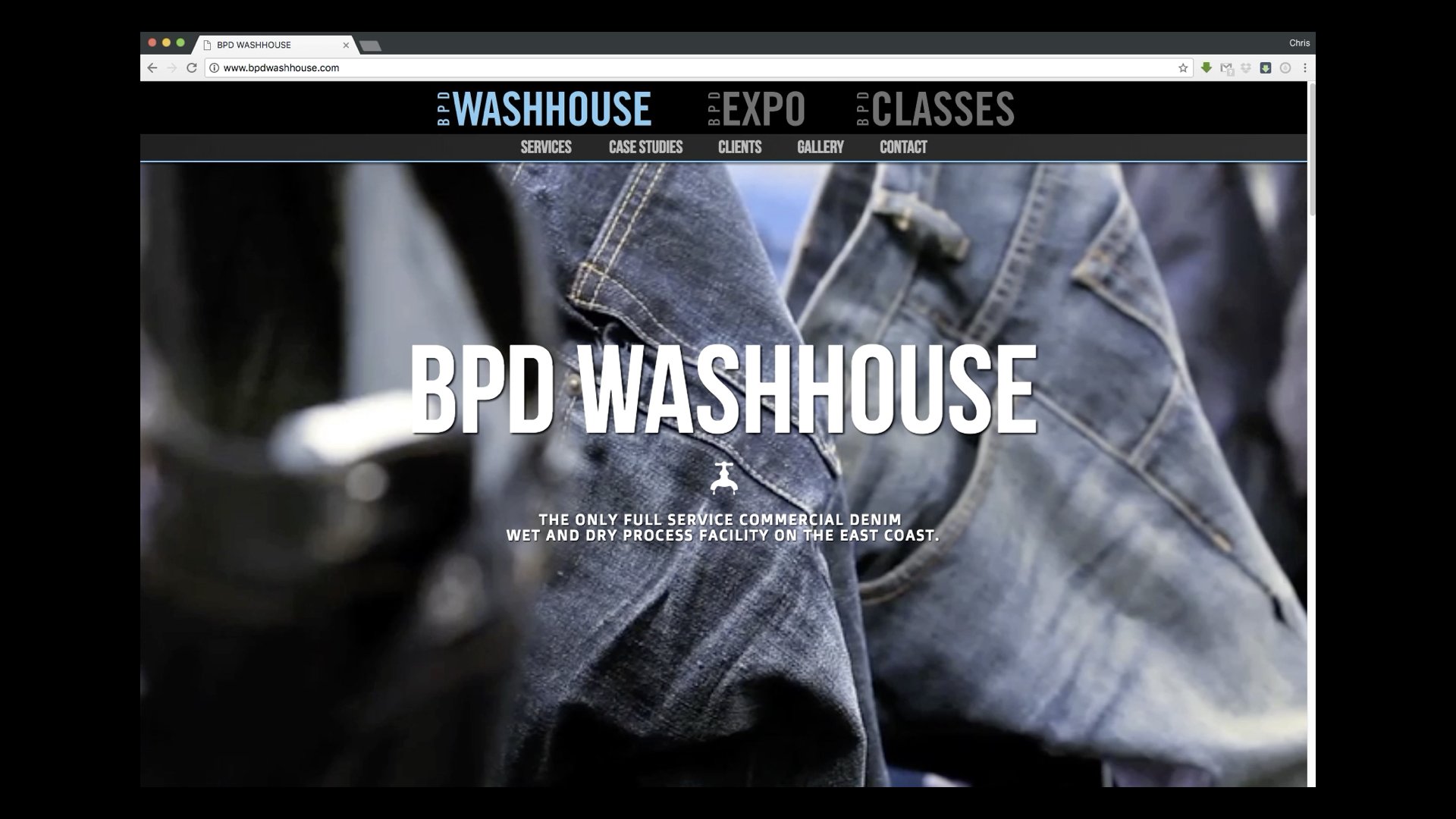
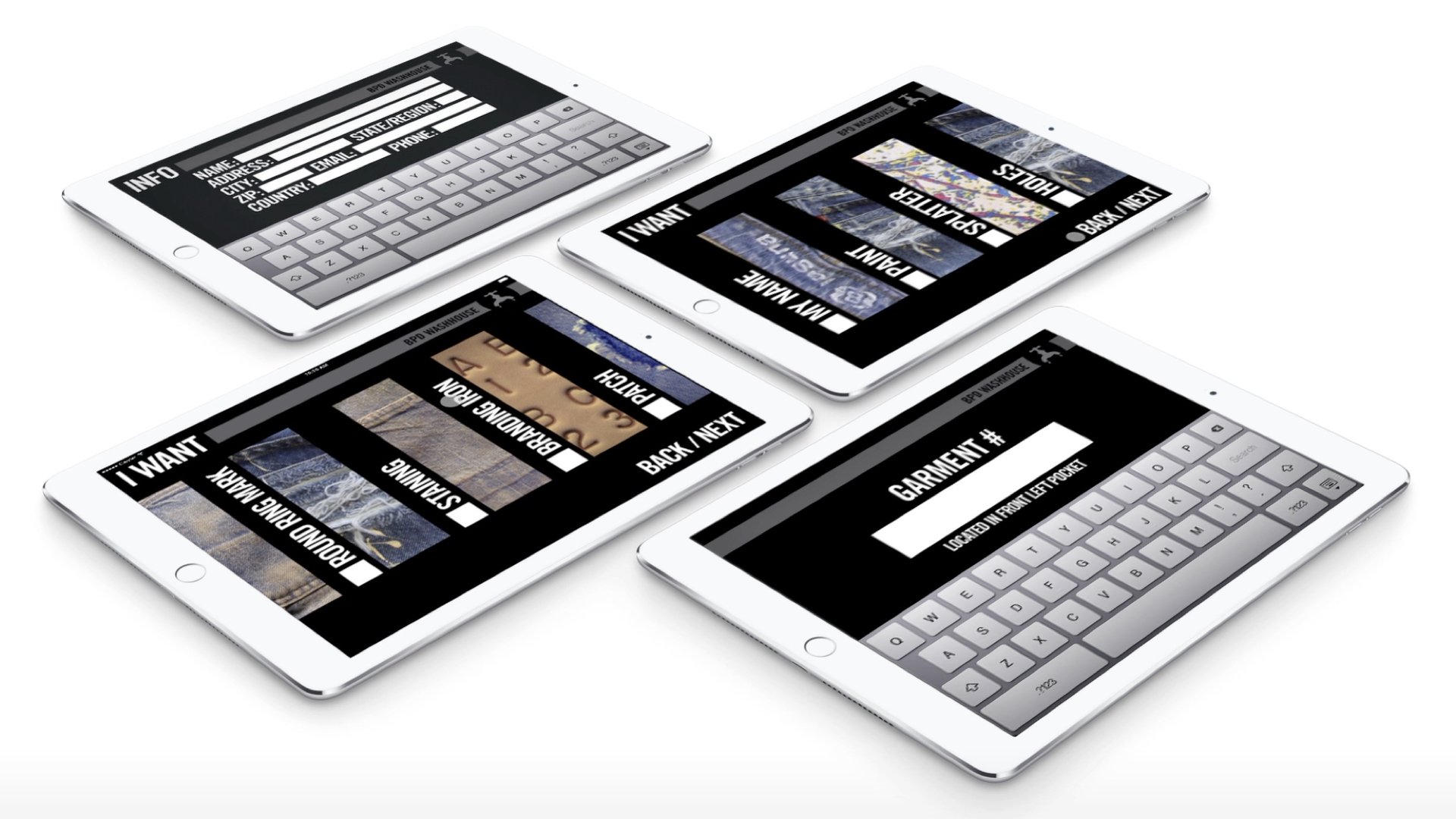
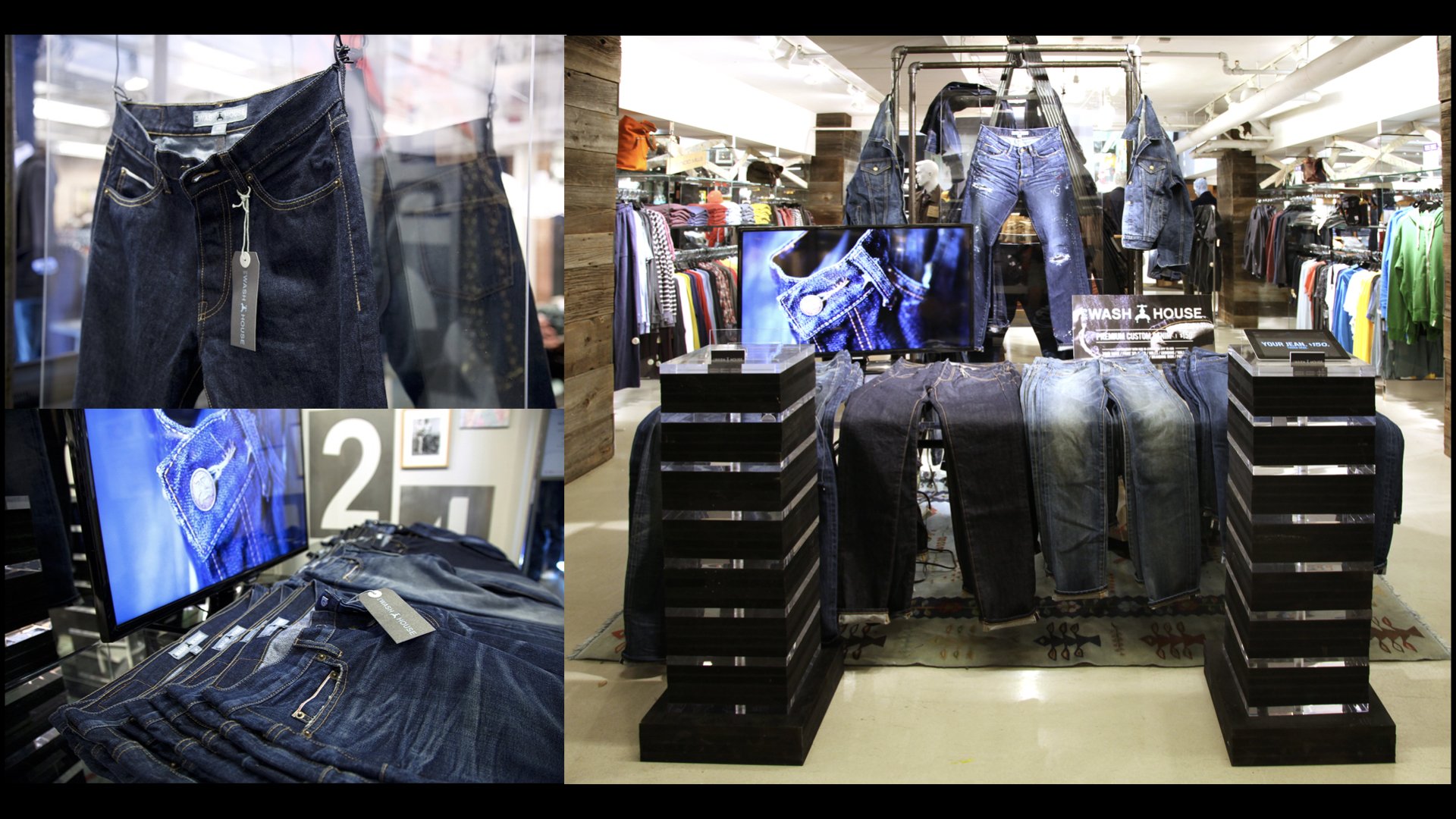
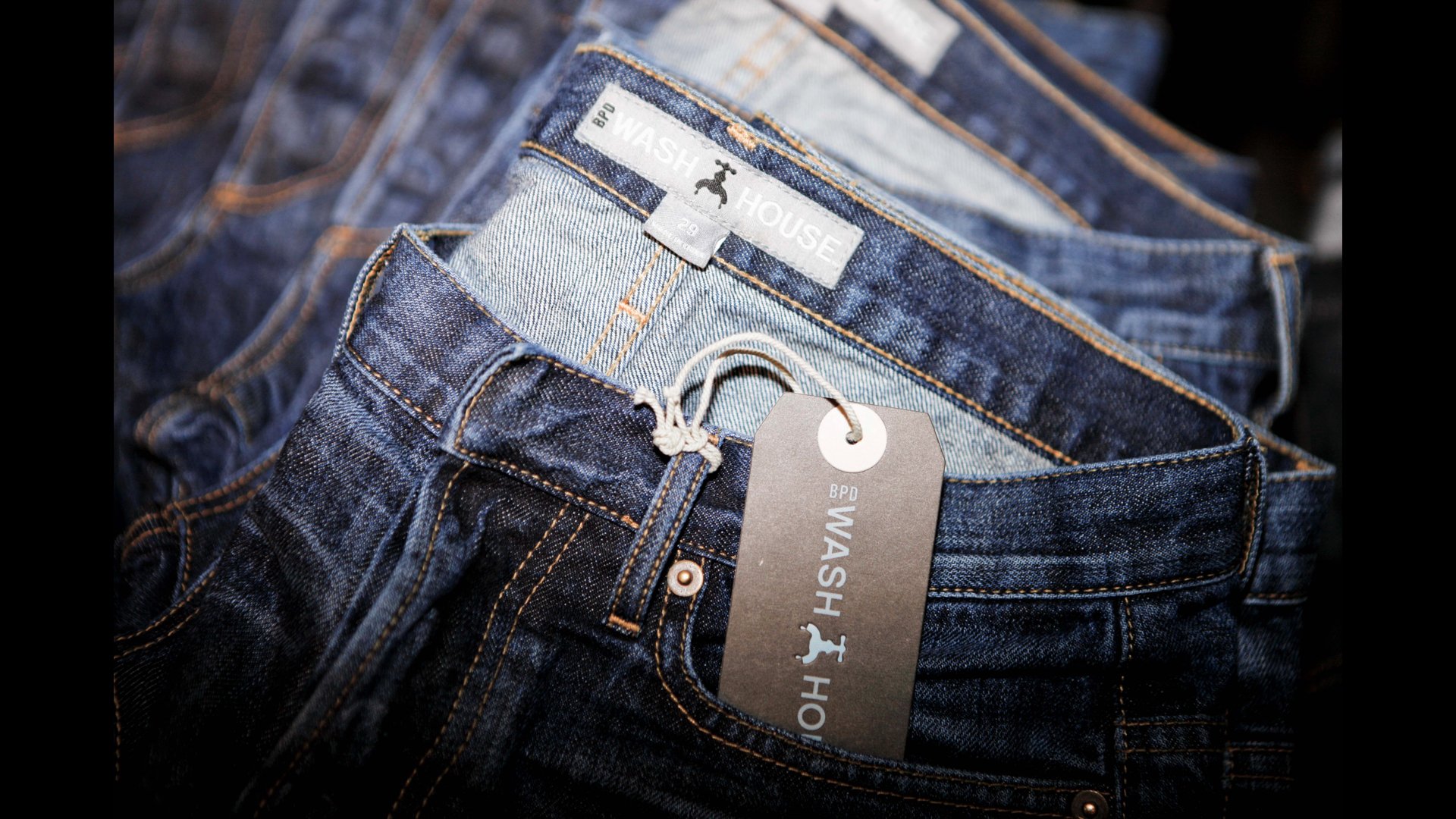
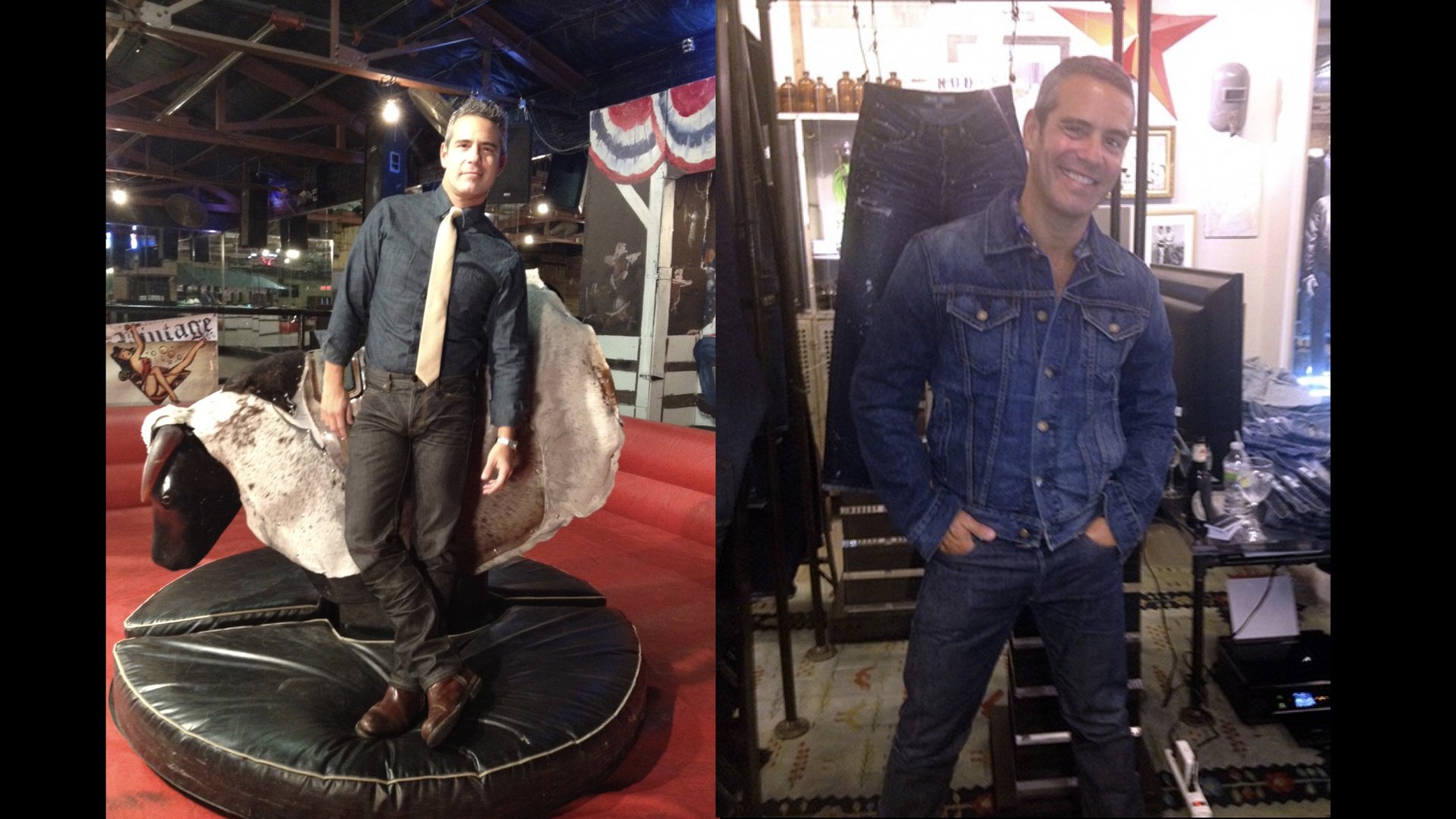
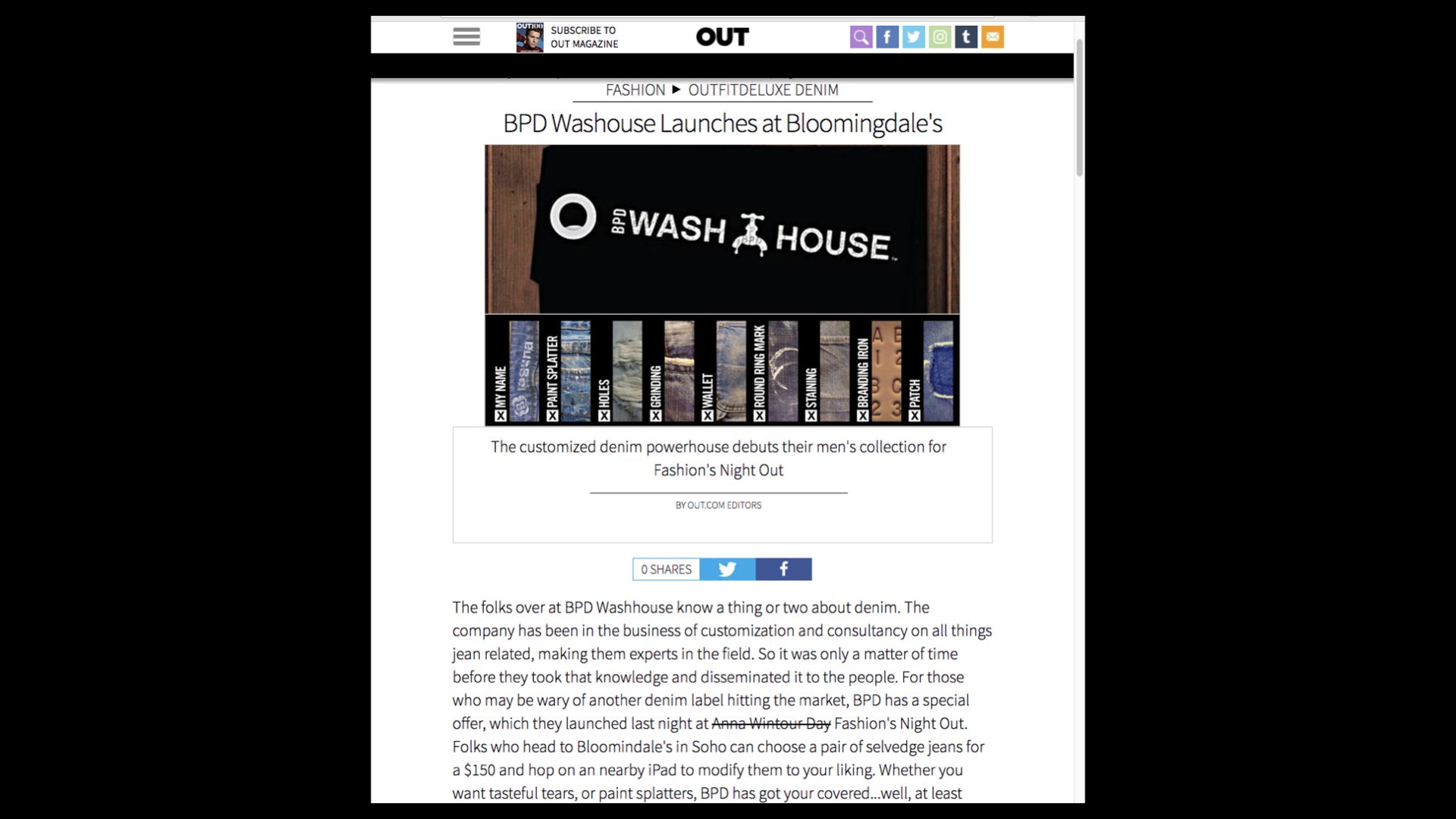
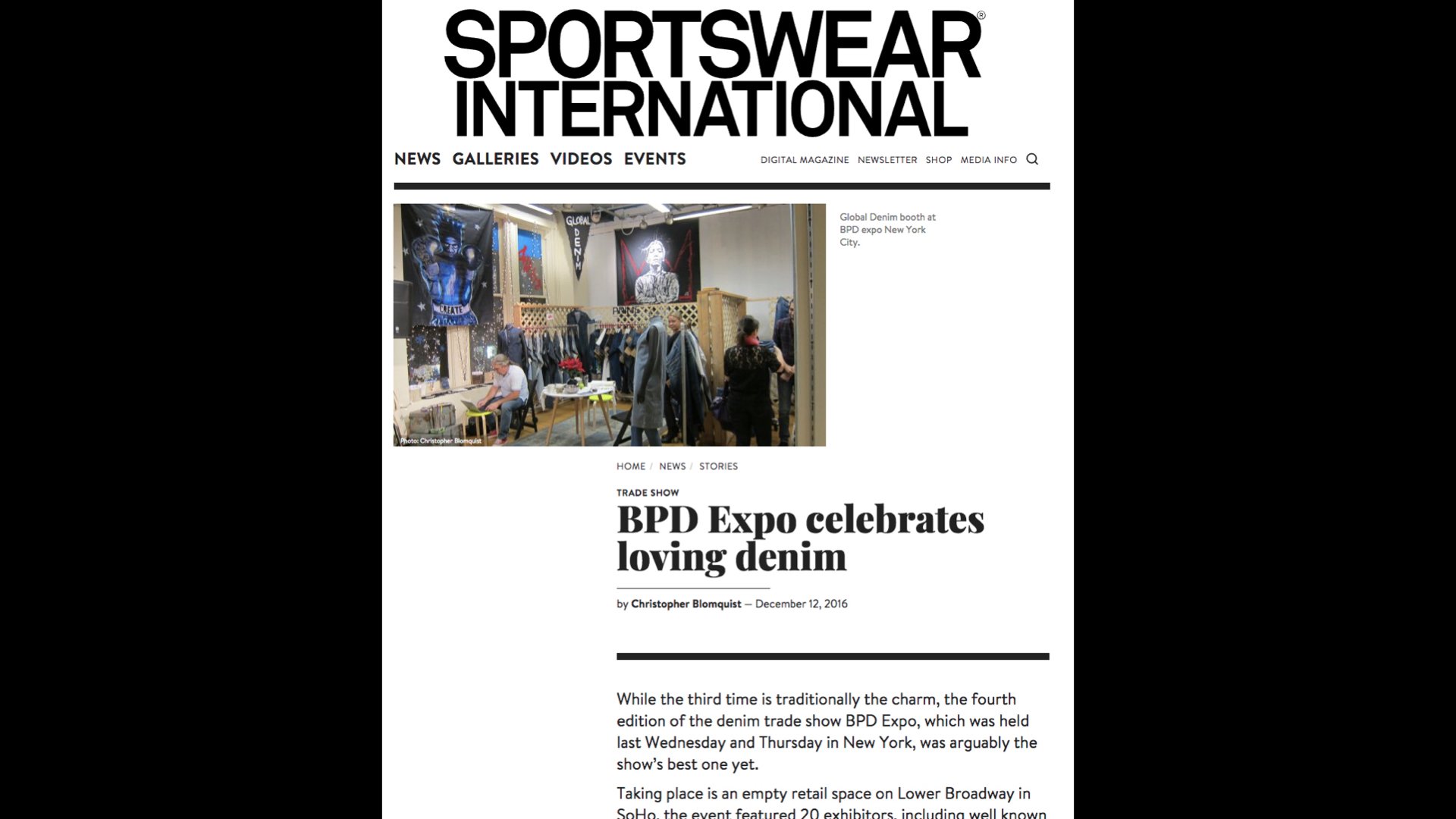
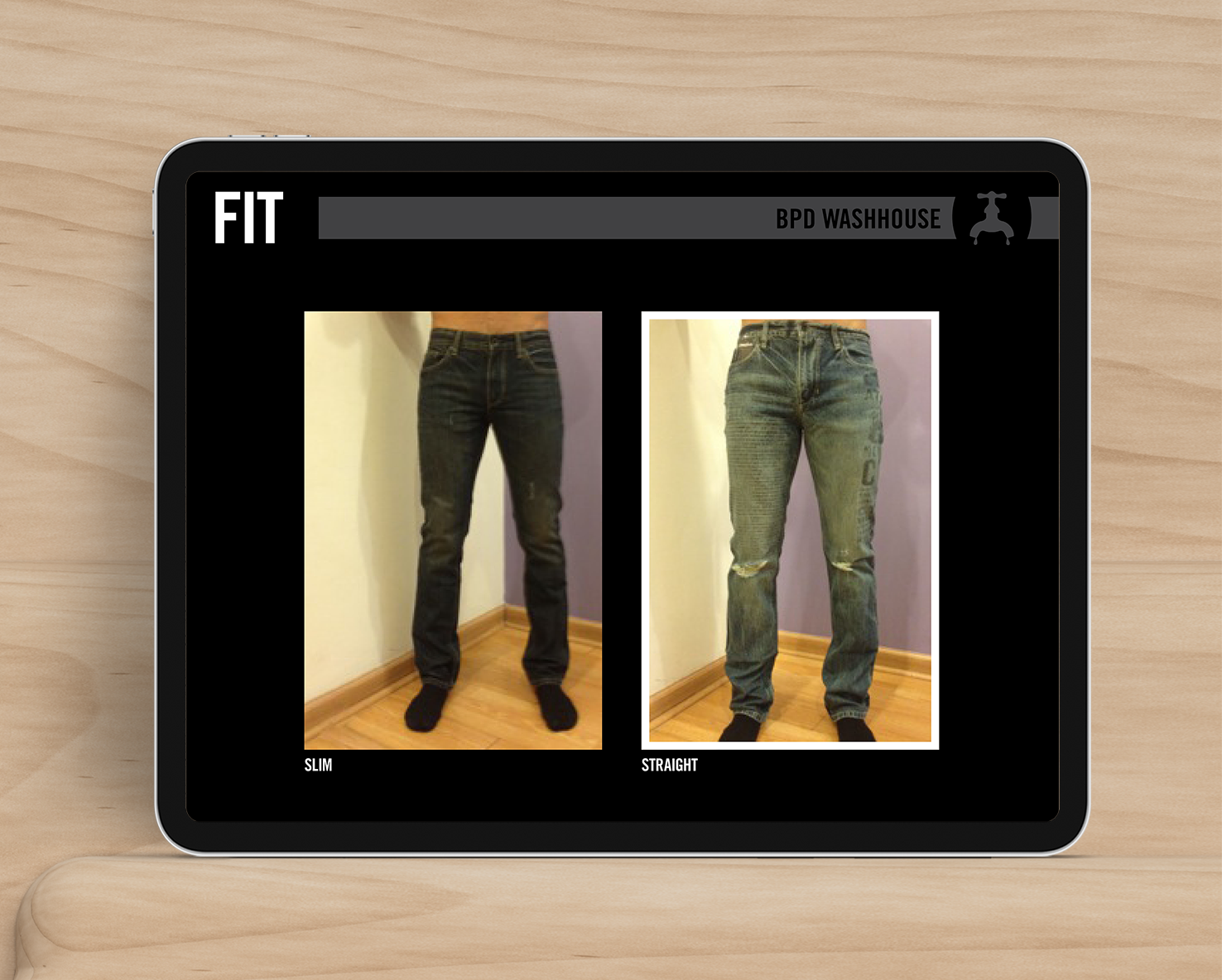

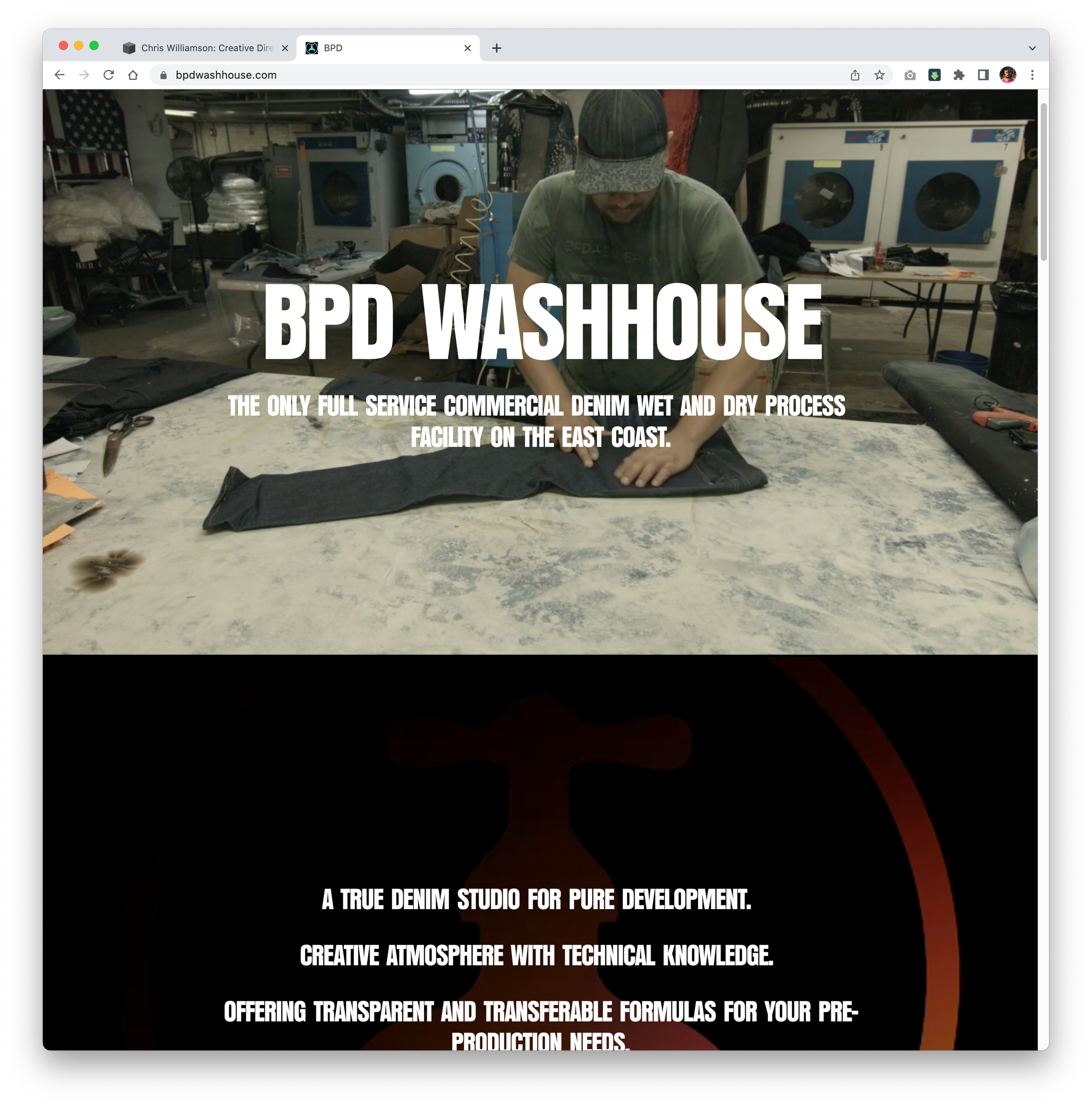

Pearson // Tom Ford Lookbook
The USA Network original. The “Suits” Spinoff.
Problem: Initial research indicated that our target audience anticipated a low-quality imitation of a high-end production. In truth, the wardrobe had been exclusively designed by Tom Ford, and the episodes were written by the creators of Suits and filmed by renowned cinematographers.
Solution: To address this perception gap, we developed a dedicated microsite functioning as a fashion look book. We enlisted Brian Bowen Smith to photograph our star in her various outfits. Additionally, I took charge of directing the motion components and collaborated closely with the wardrobe stylist to create compelling language that showcased the show's distinct sense of style.
The Brooklyn Museum // Night Magic Merch
A line of products commemorating the impact of Studio 54, designed for the Brooklyn Museum.
Problem: The Brooklyn Museum faced a significant challenge as the trademark for Studio 54 was under the ownership of the MGM Grand. This ownership structure made it financially unfeasible to offer merchandise in their gift shop due to the exorbitant royalties demanded.
Solution: I collaborated with a long-time friend who had served as Steve Rubell's assistant at Studio 54, and together we conceptualized a range of merchandise that wouldn't require costly trademark payments. We delved into her archives, retrieving old guest lists, invitations, and memorabilia as source material. Subsequently, we partnered with the illustrator responsible for the "Moon and the Spoon" to craft a collection of distinctive and proprietary products.
The initial production run of these items was a resounding success, with all units selling out. In response, I spearheaded the creation of a separate website for this merchandise line, streamlining the entire process from printing to drop-shipping and billing through an automated system, requiring minimal manual intervention.
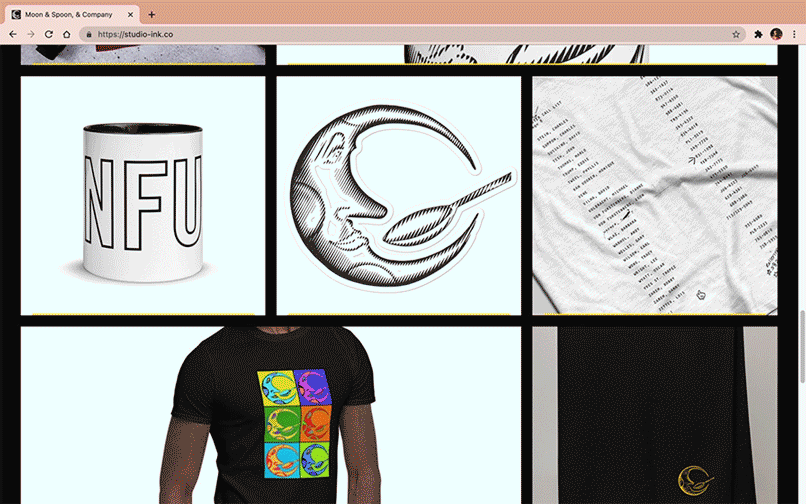
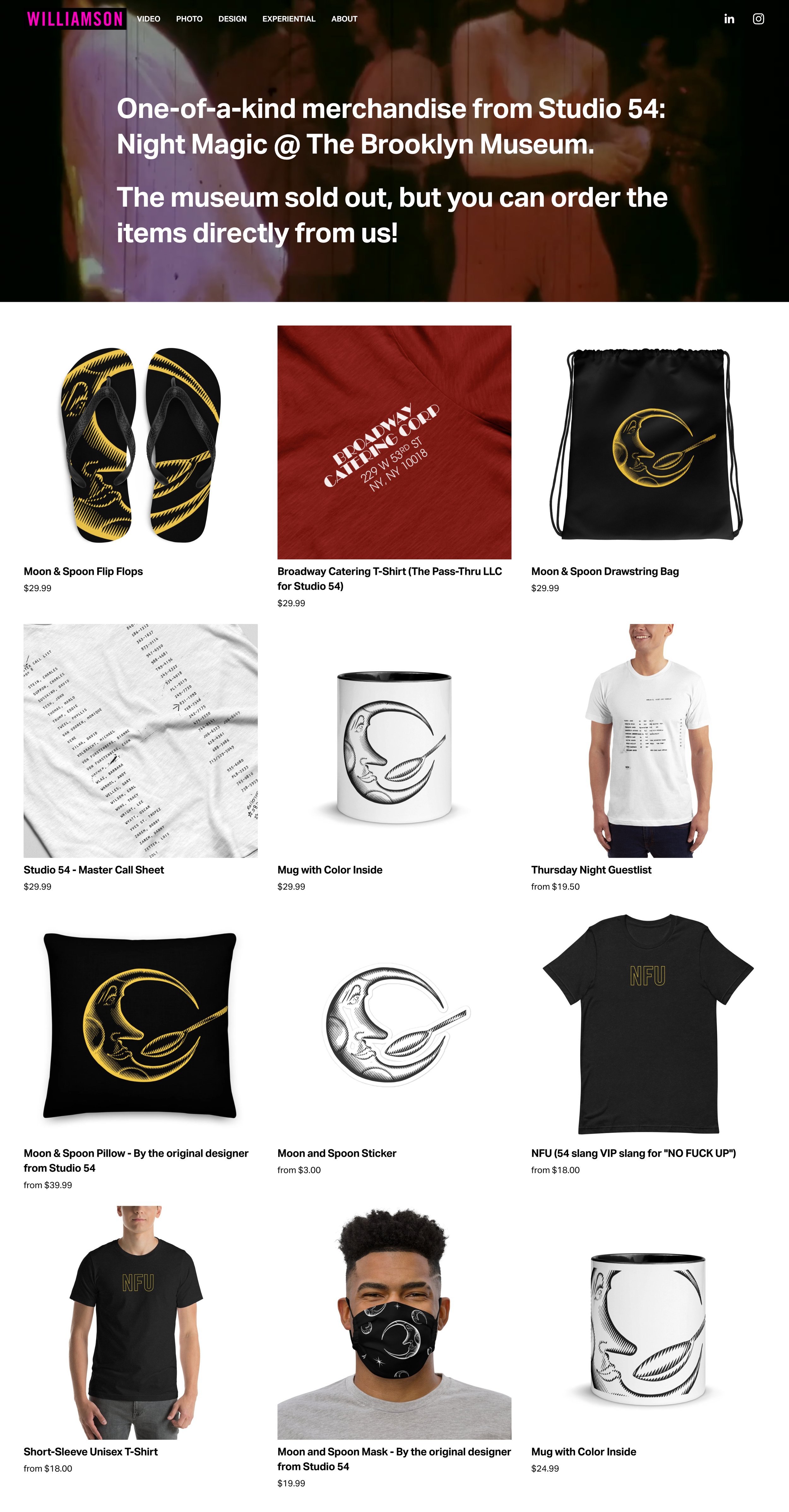
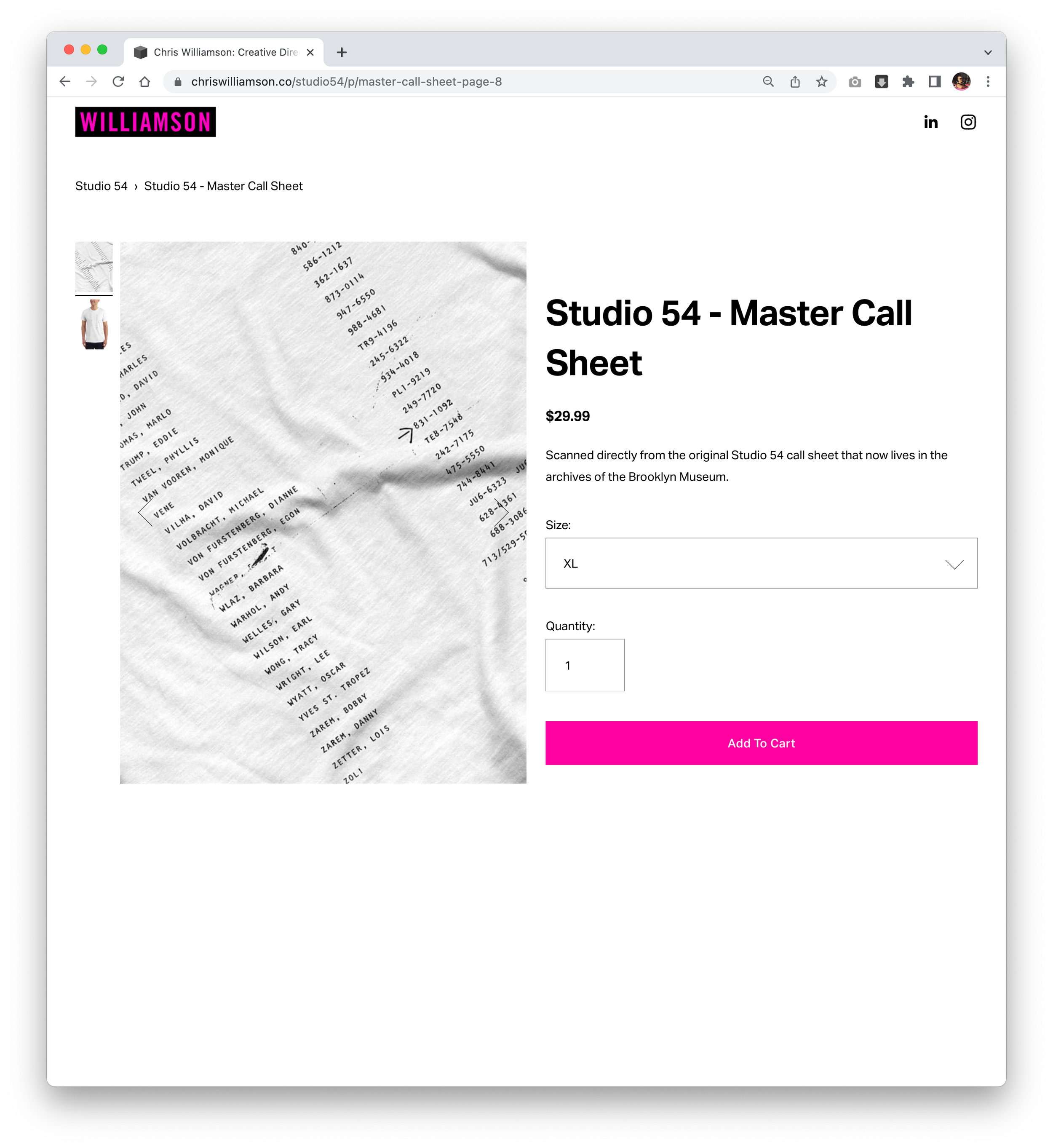


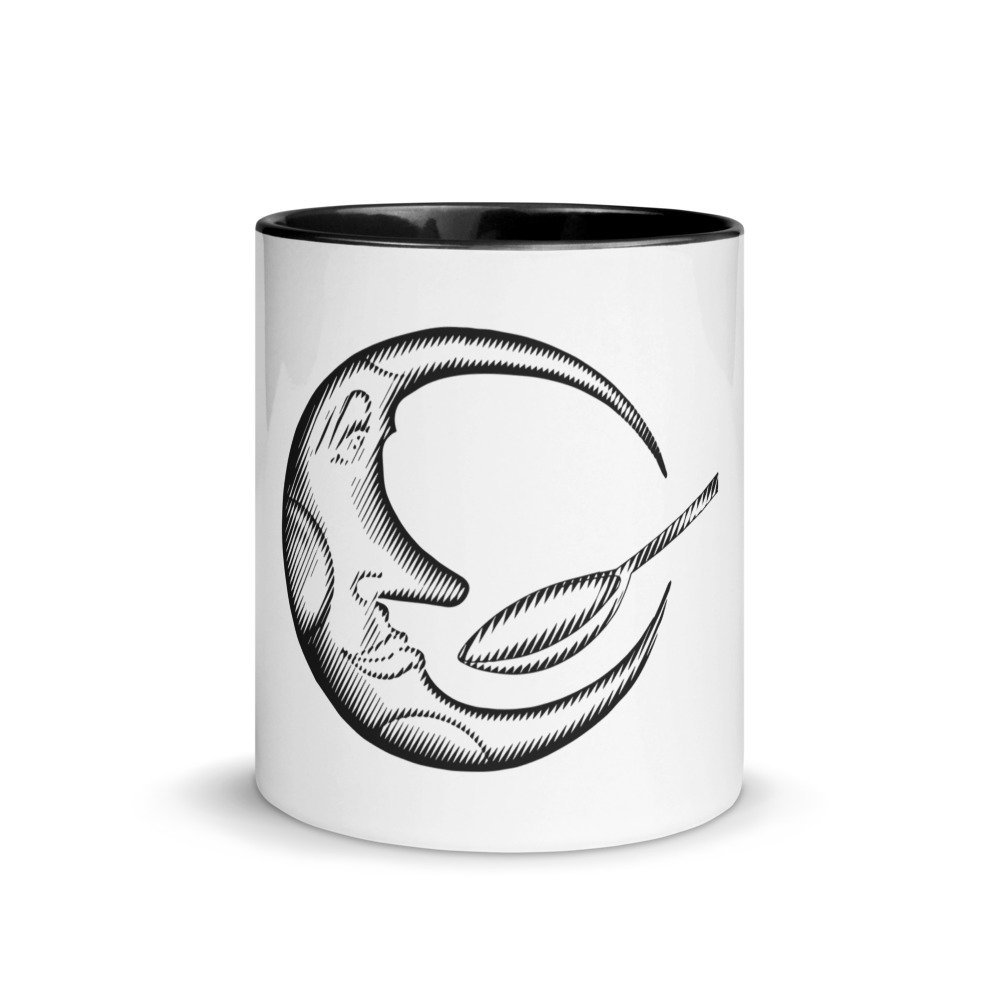
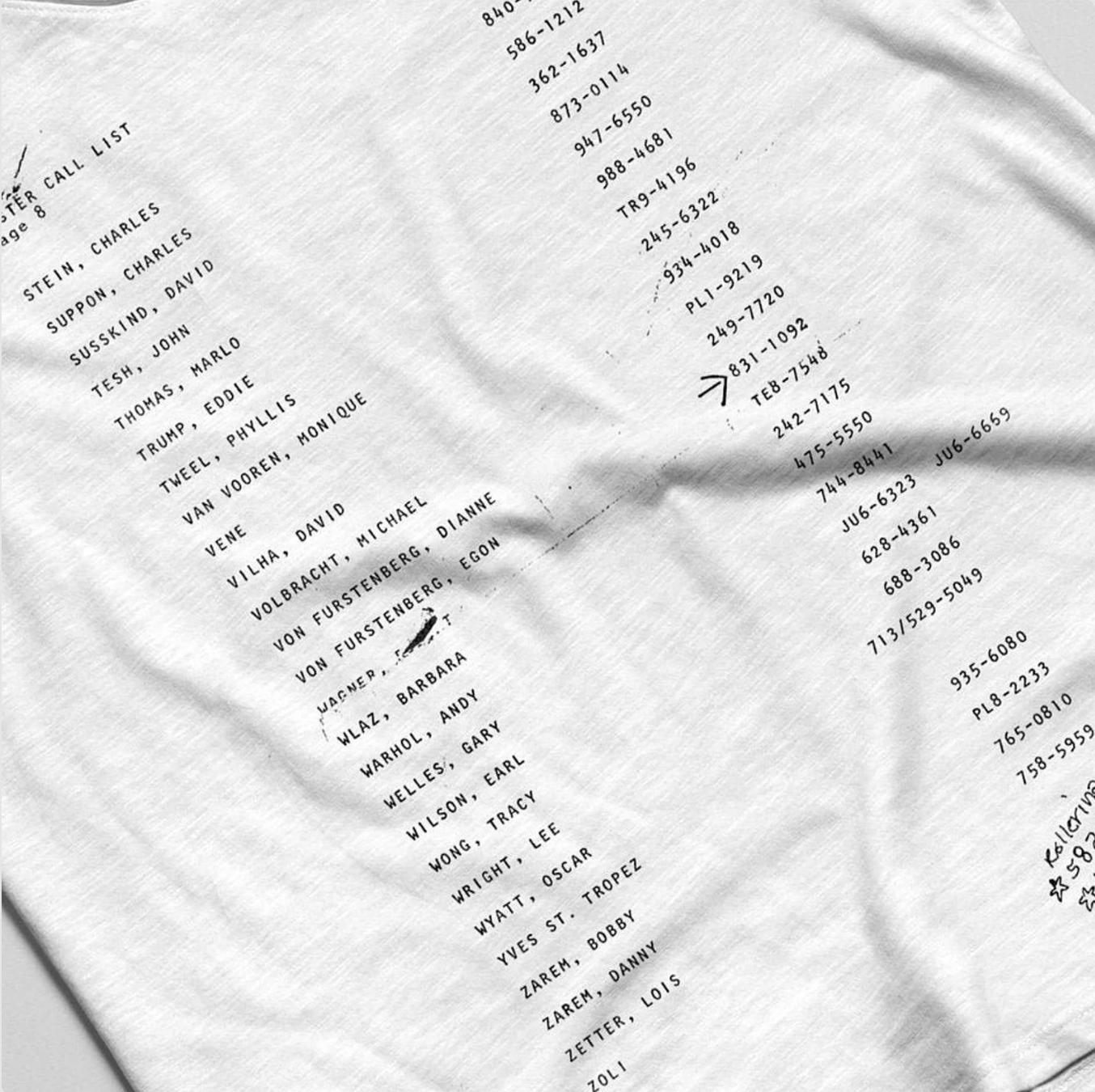
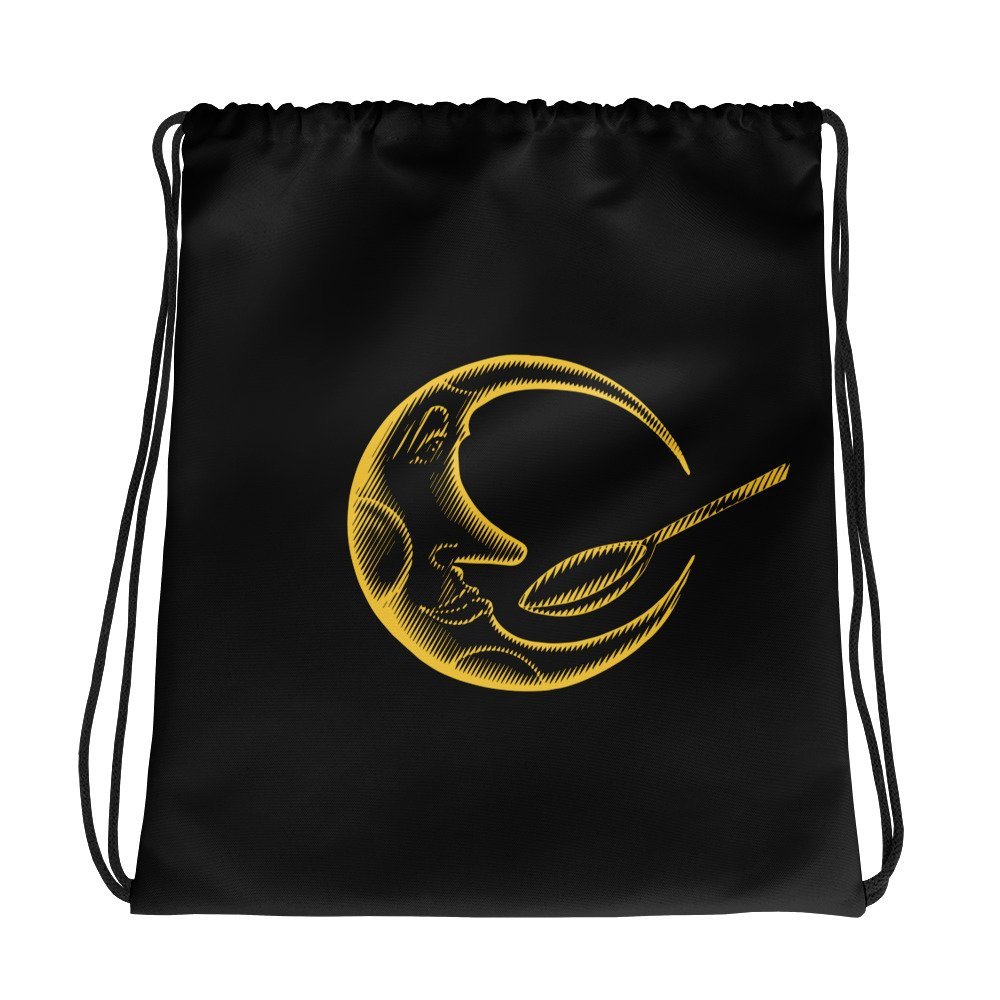
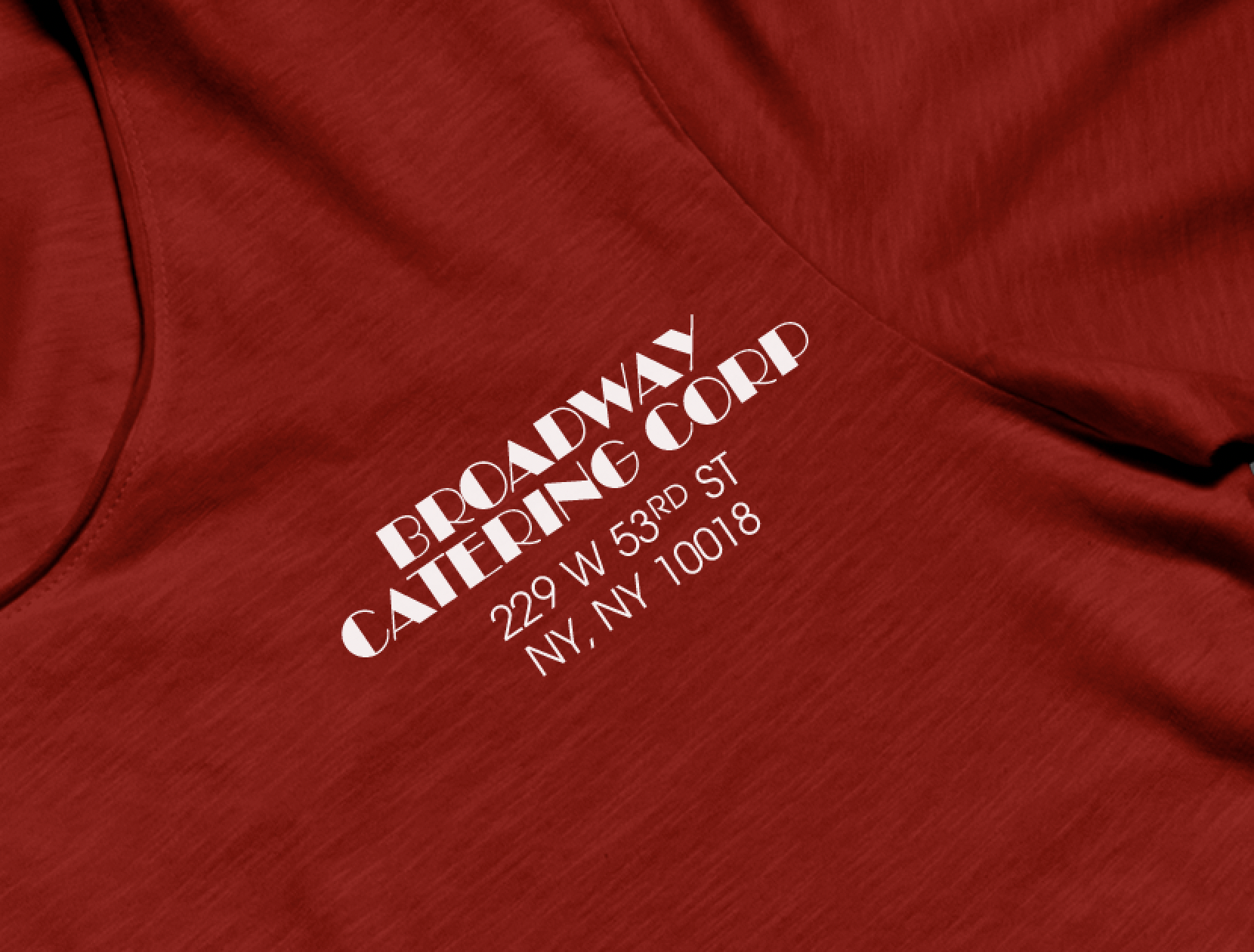





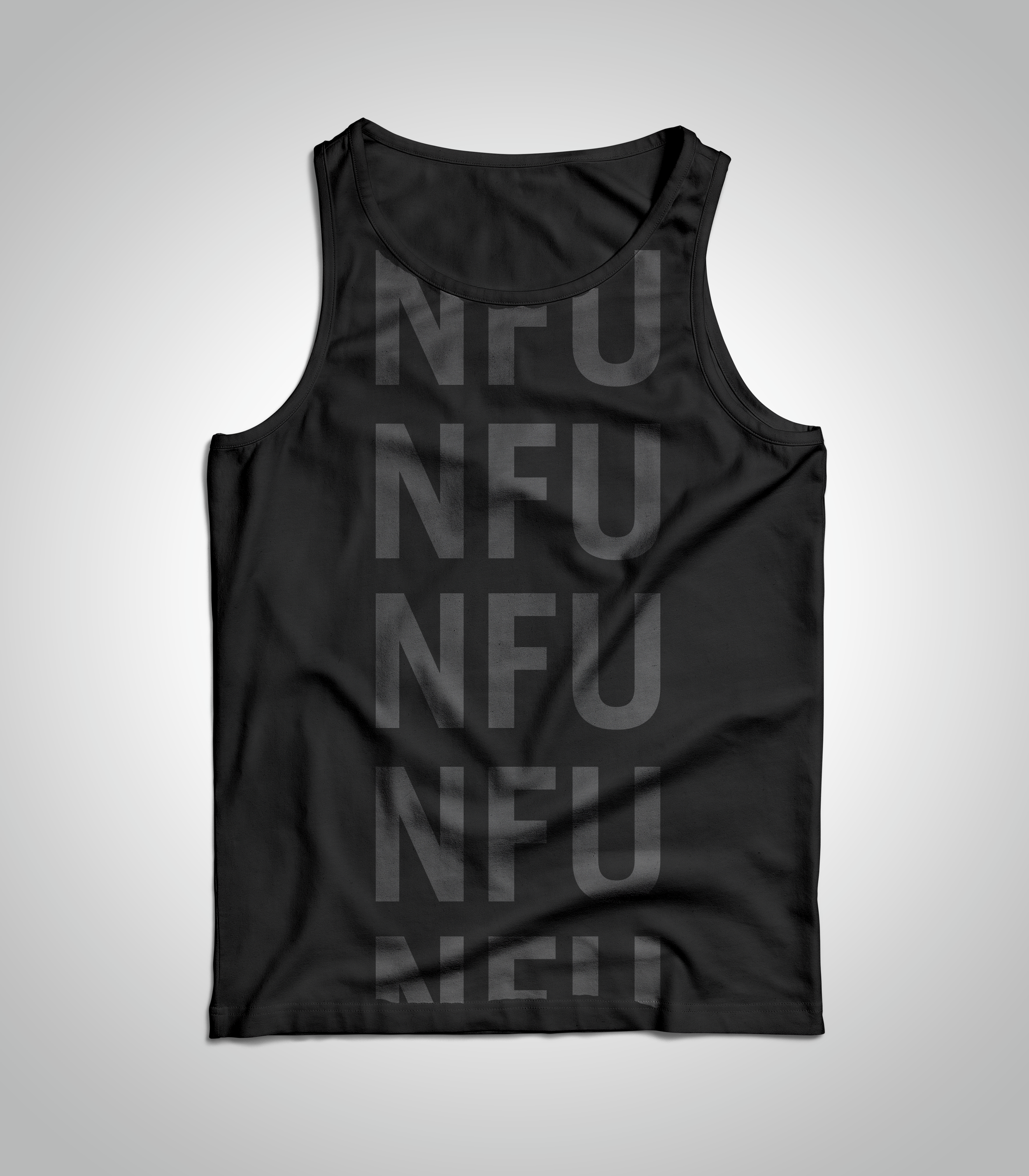
AT&T
ATT.com generates 15 billion dollars a year in revenue for the company.
Issue: The brand has become stagnant, but the website remains a substantial revenue source for the company. AT&T’s upper management is apprehensive about making even the slightest changes to the site’s outdated UI.
Resolution: I created an incubator team dedicated to A-B testing. We formulated hypotheses regarding minor adjustments that, when cumulated, could lead to a more substantial transformation. Our data-driven approach validated that our instincts were indeed accurate, providing evidence to support our proposed changes.




